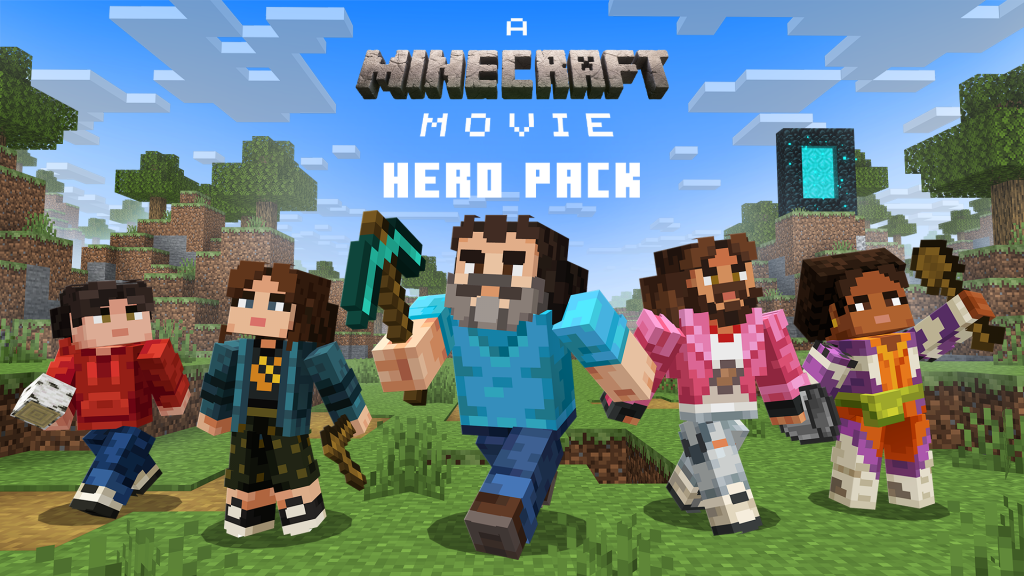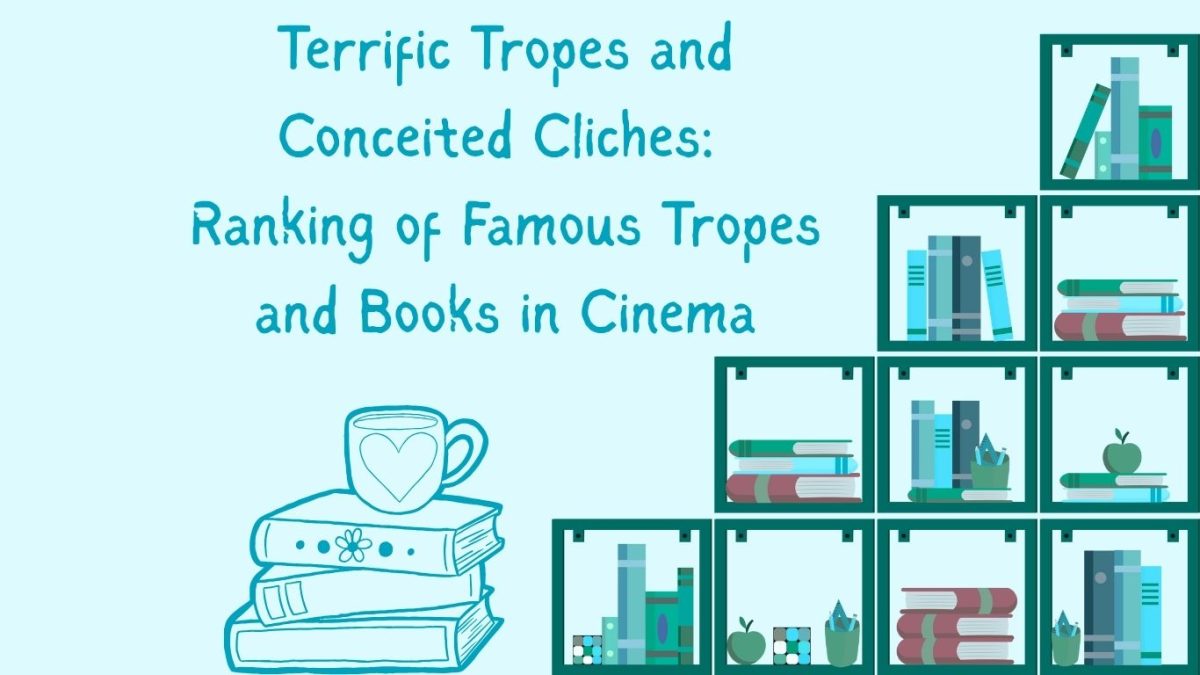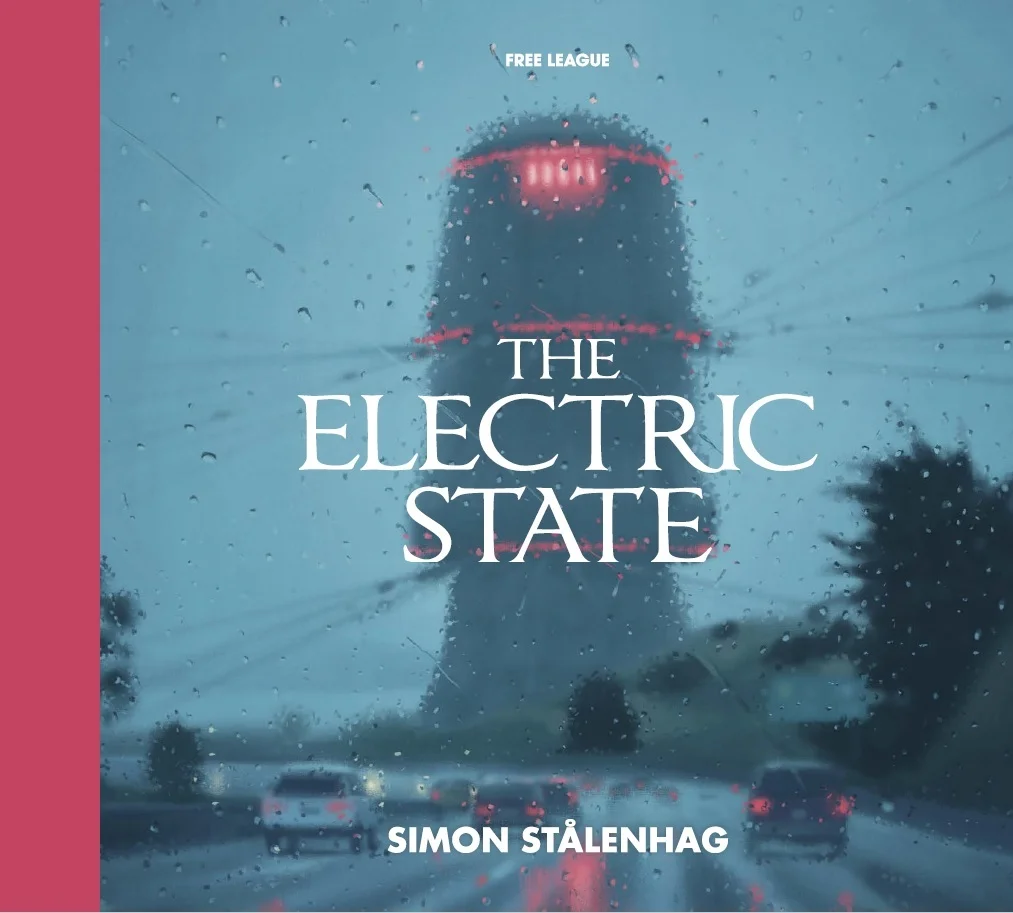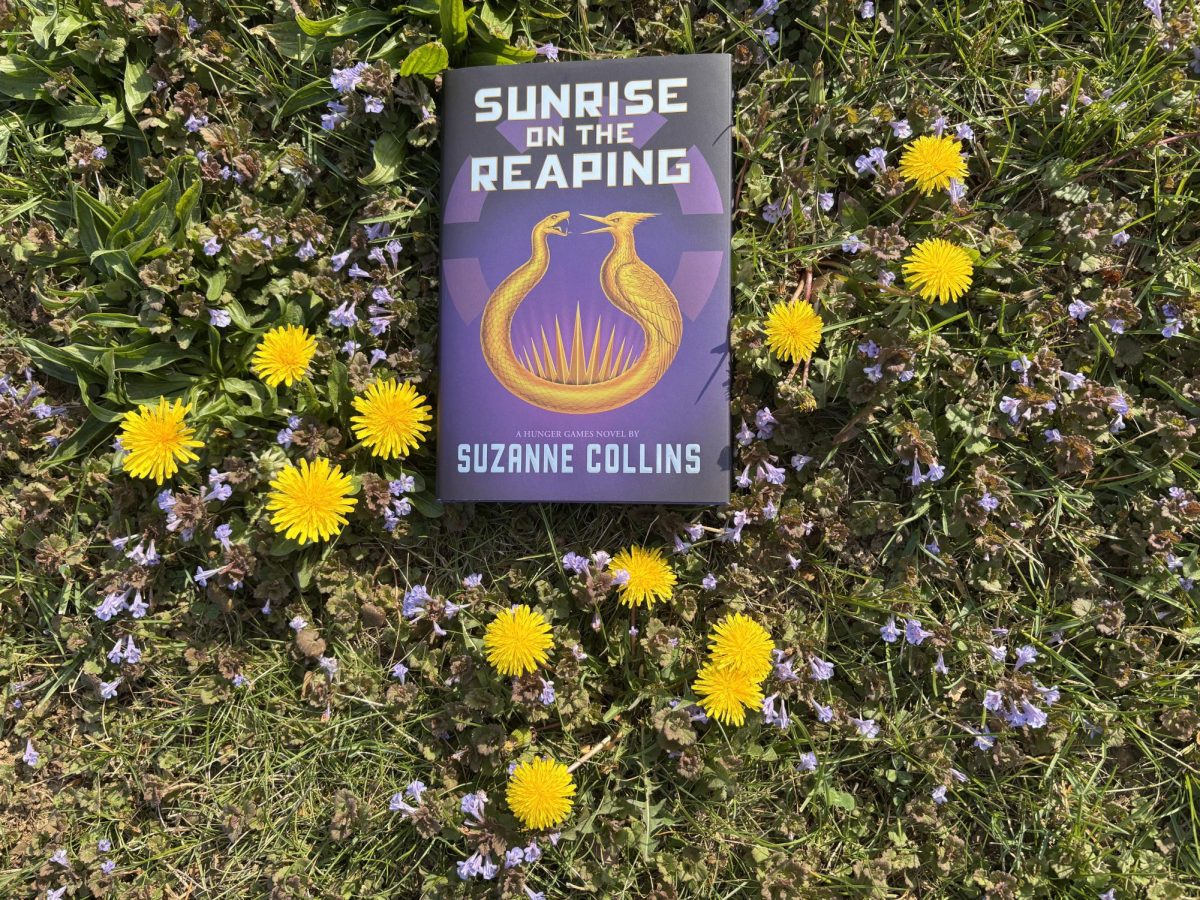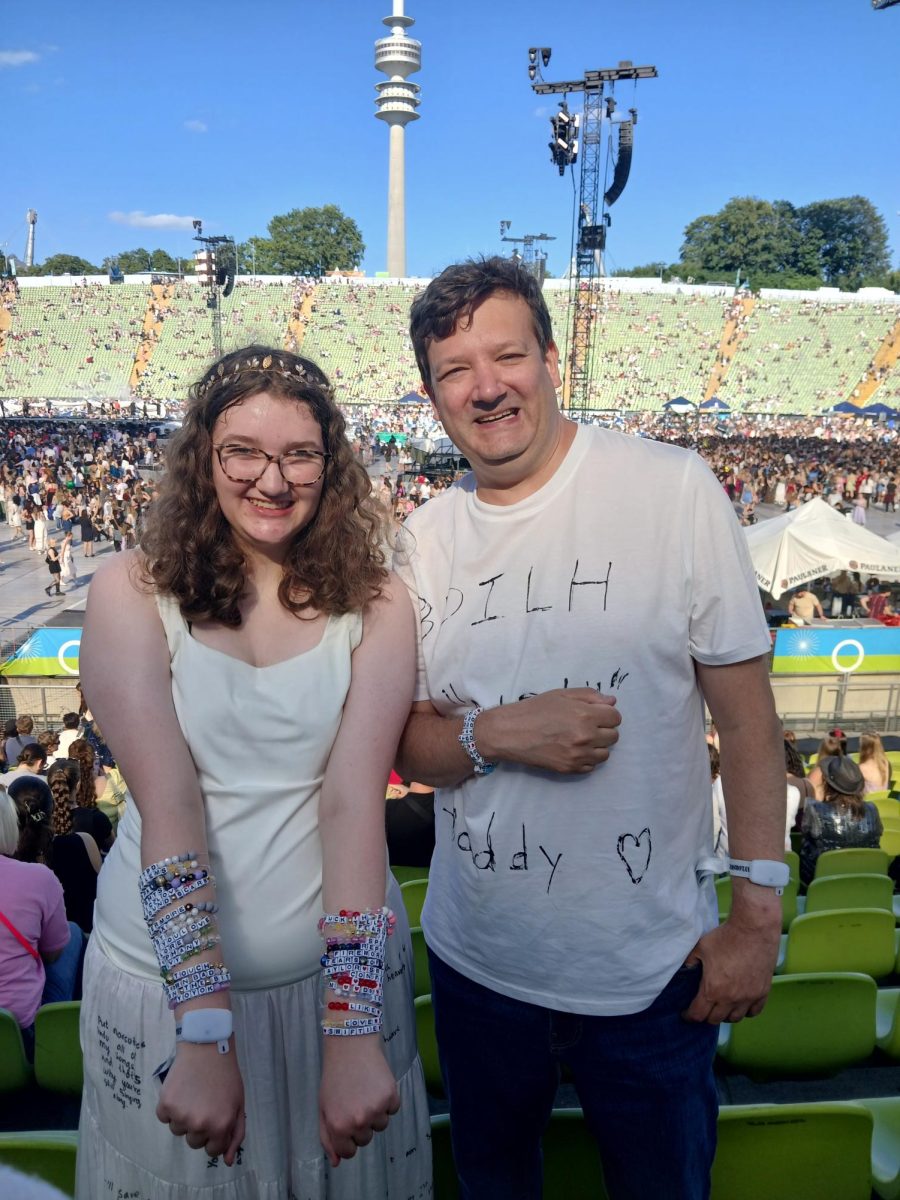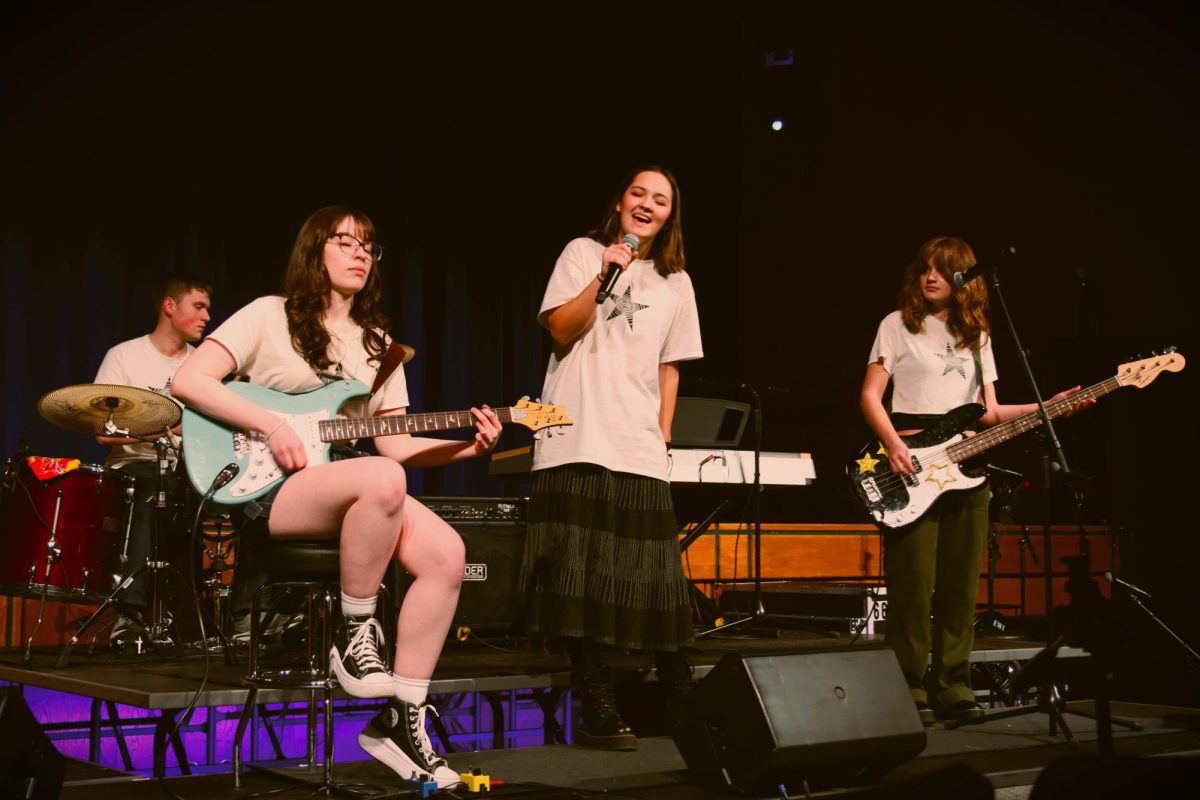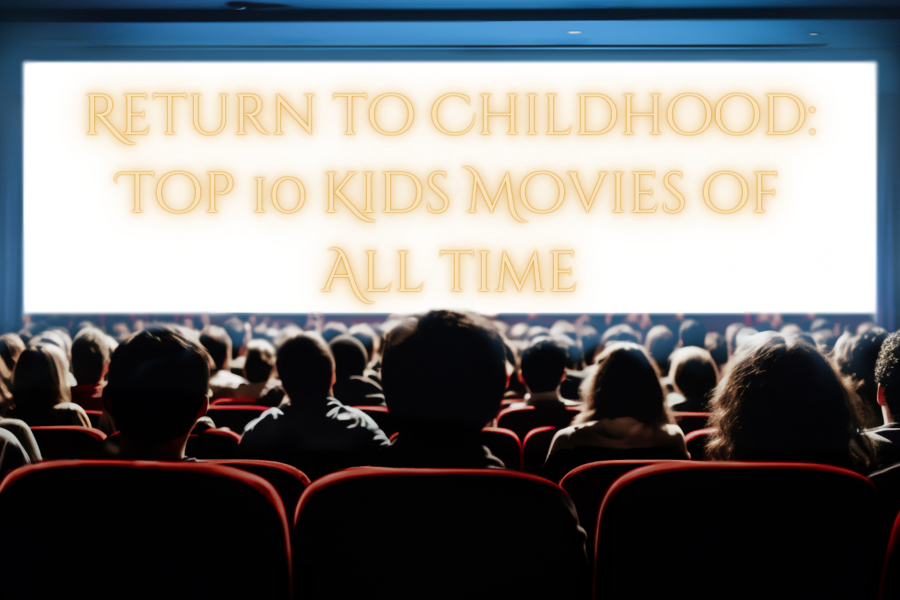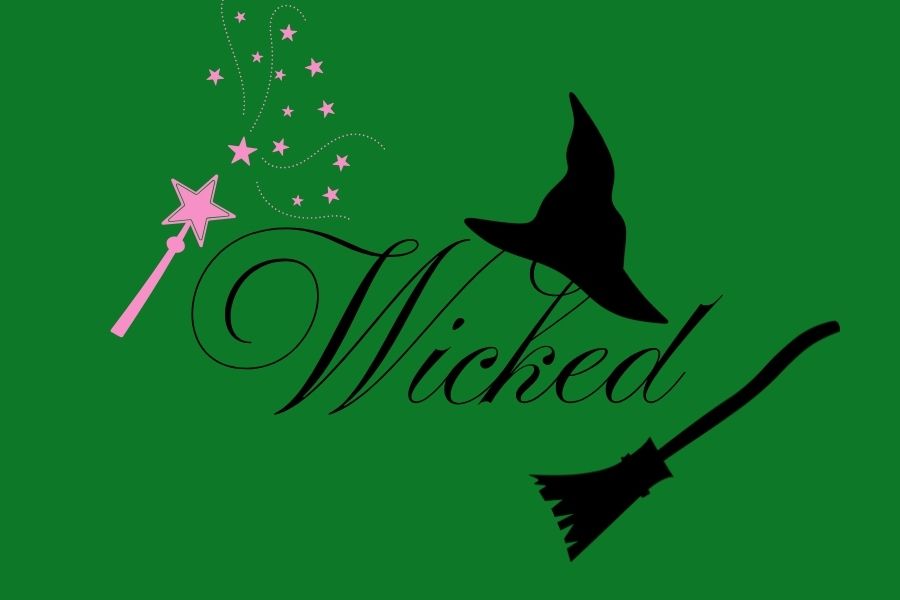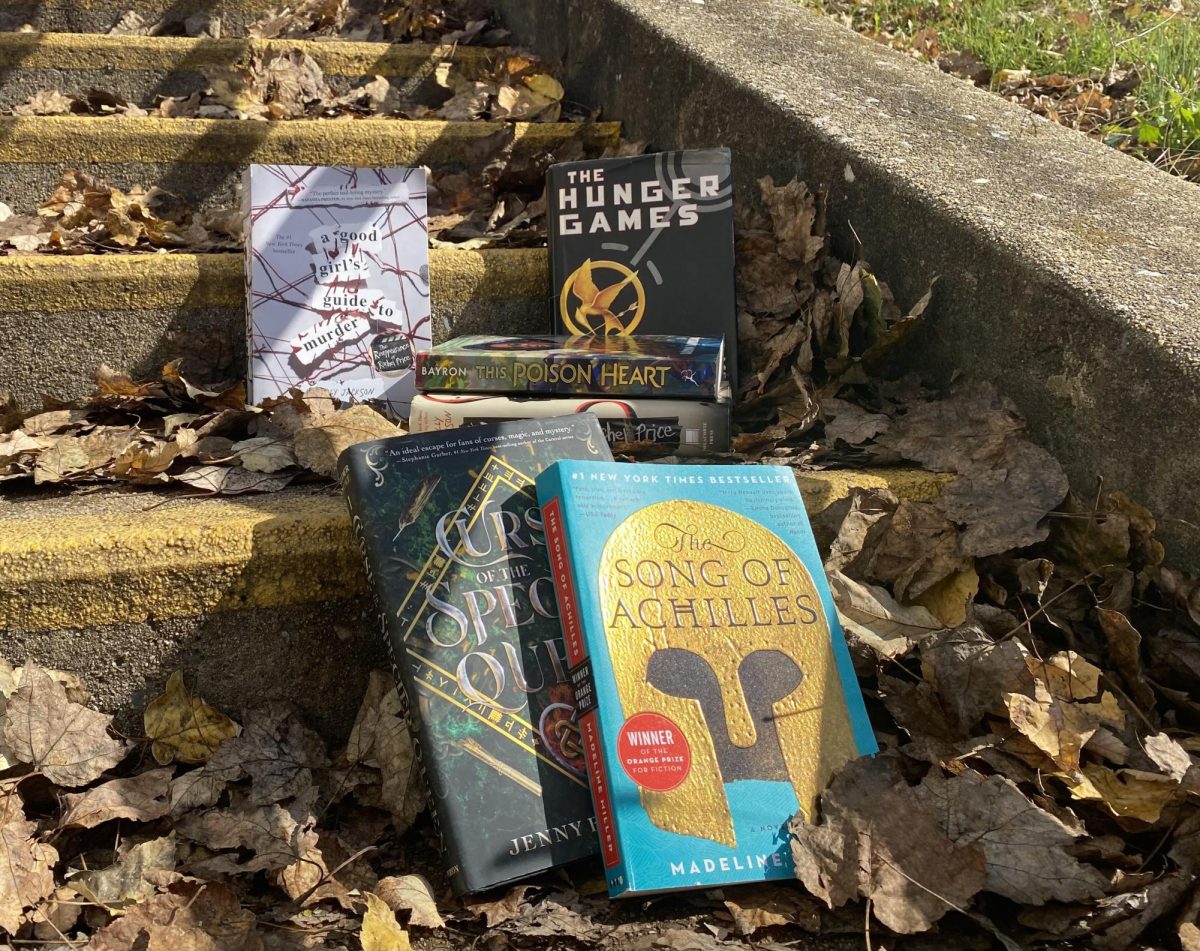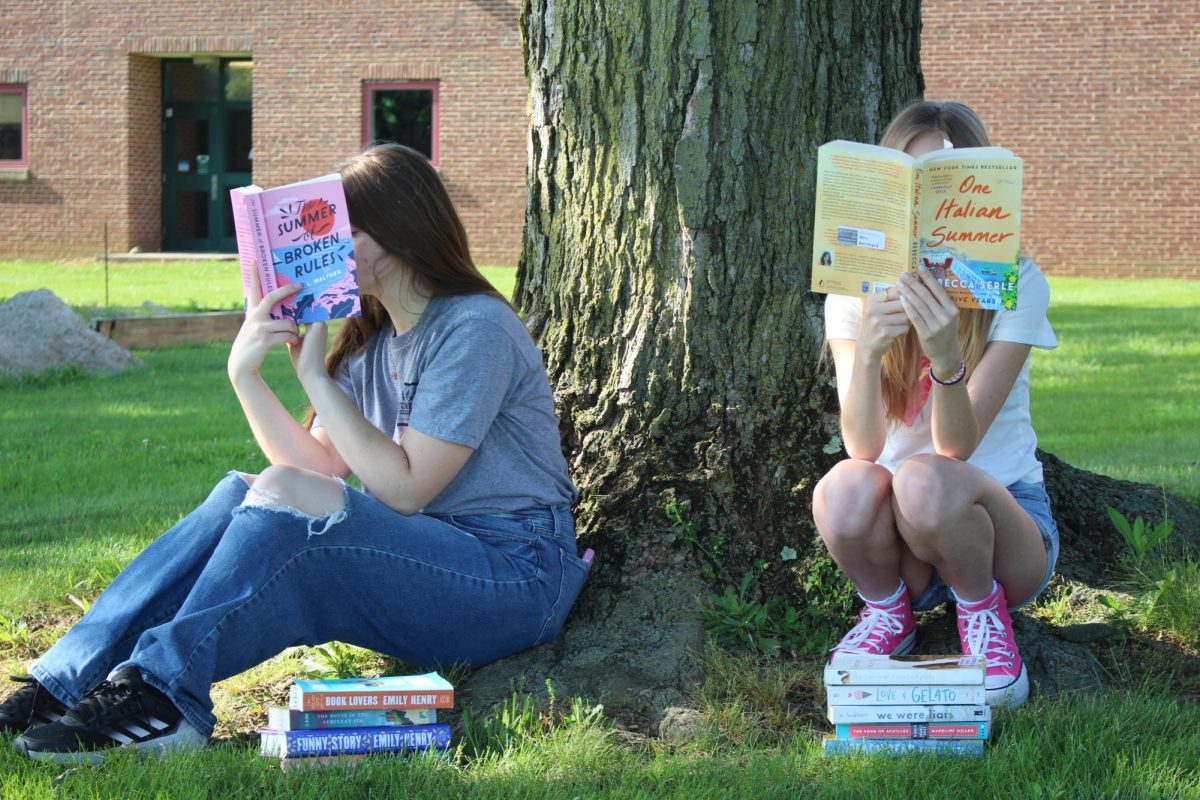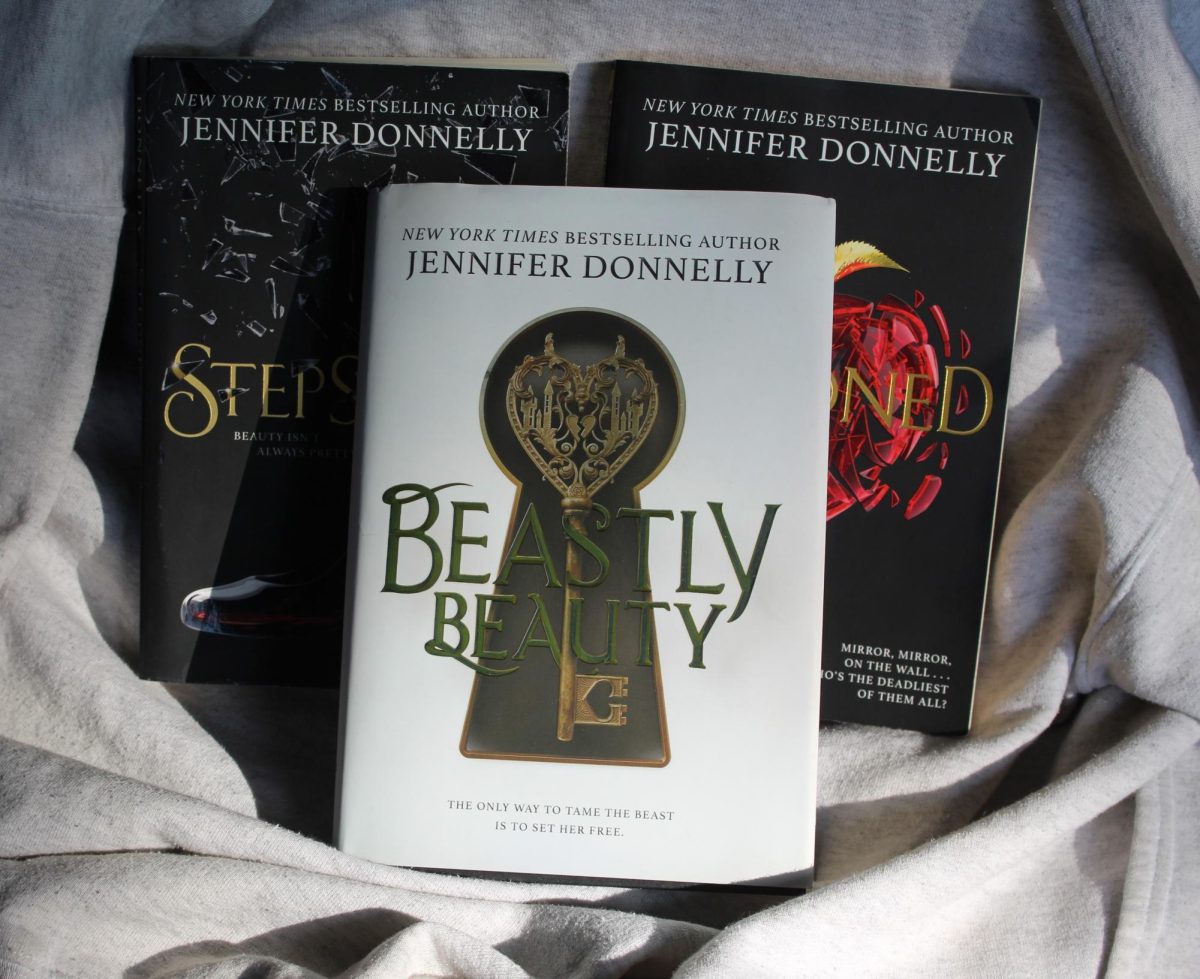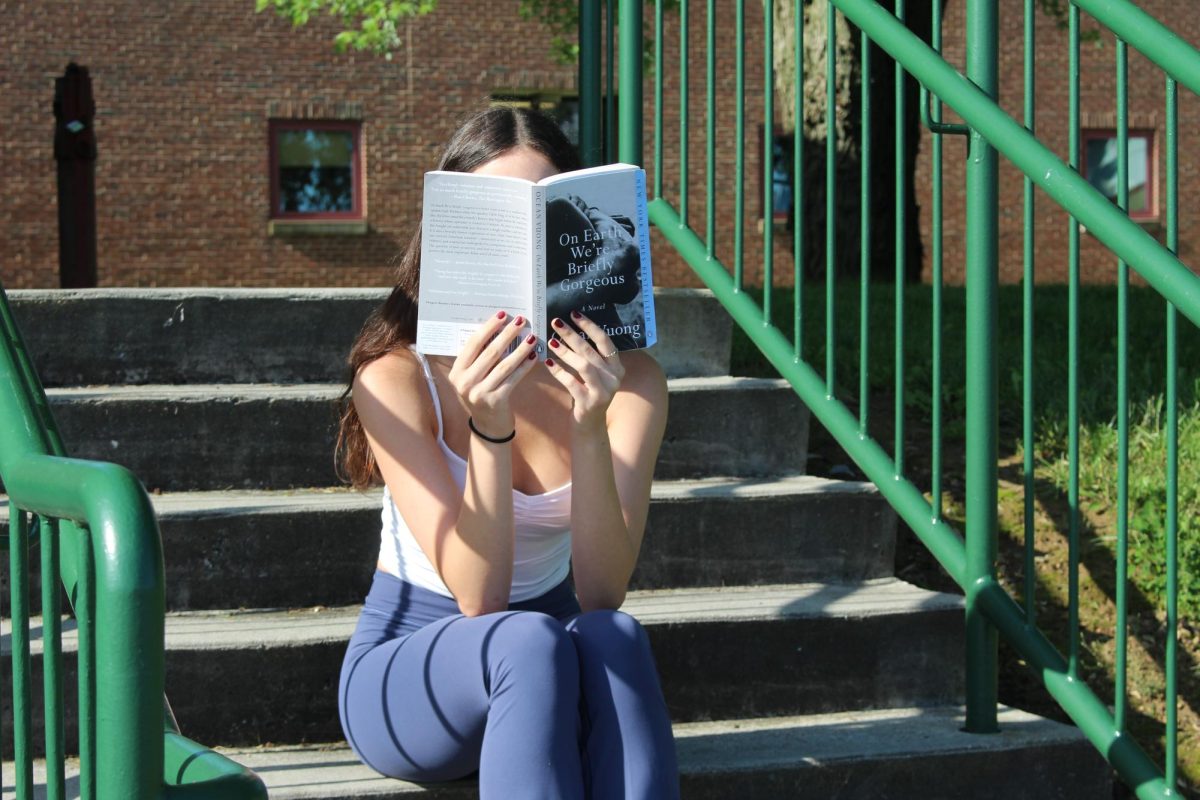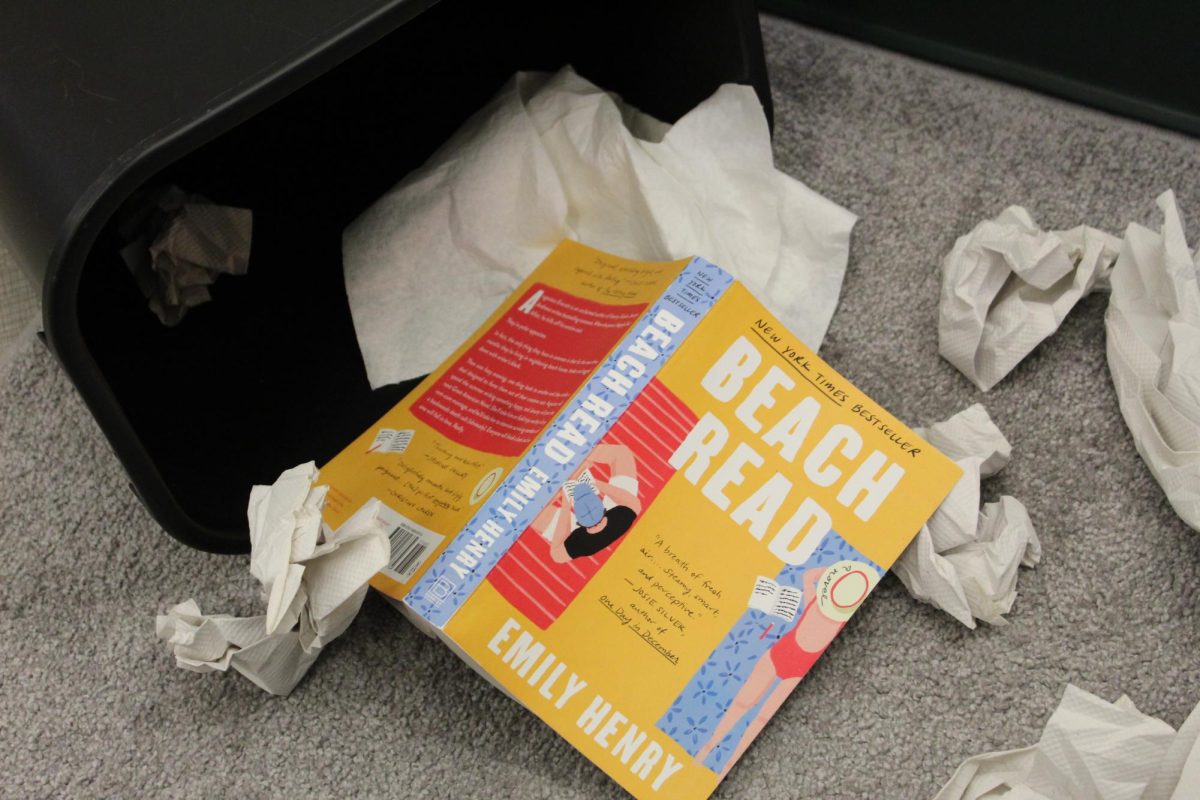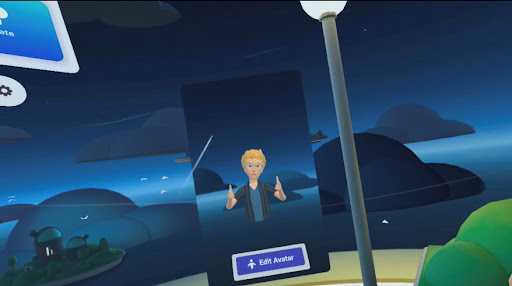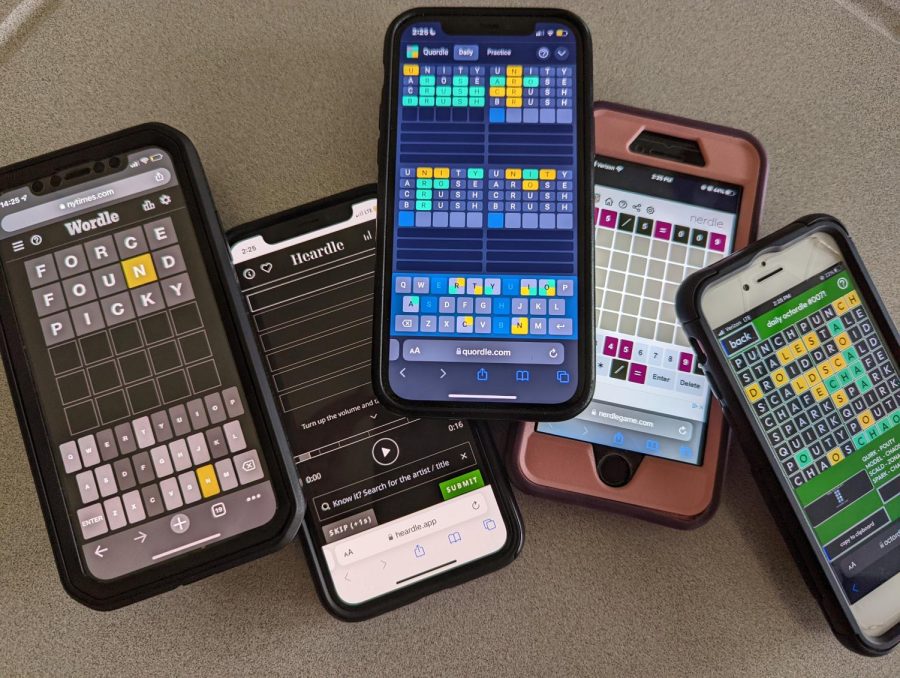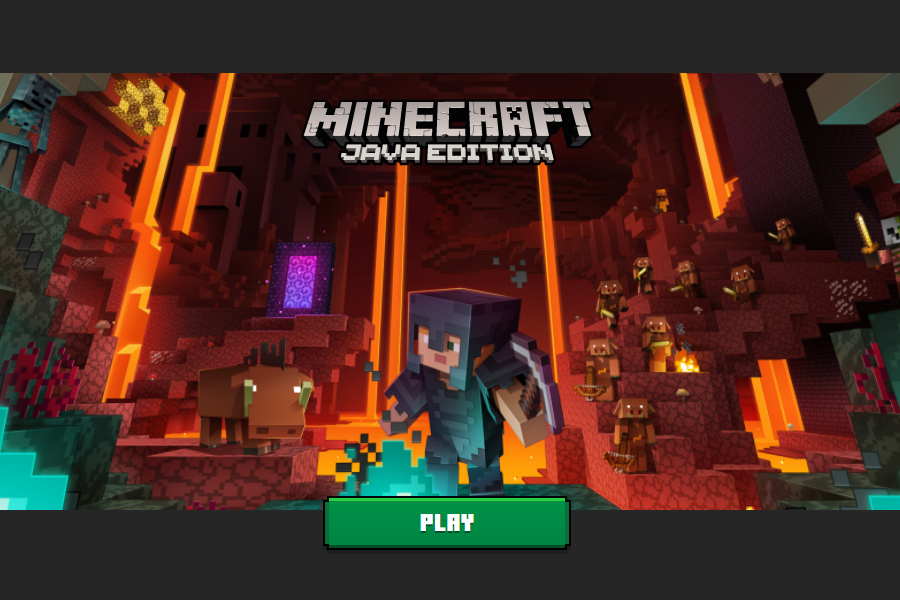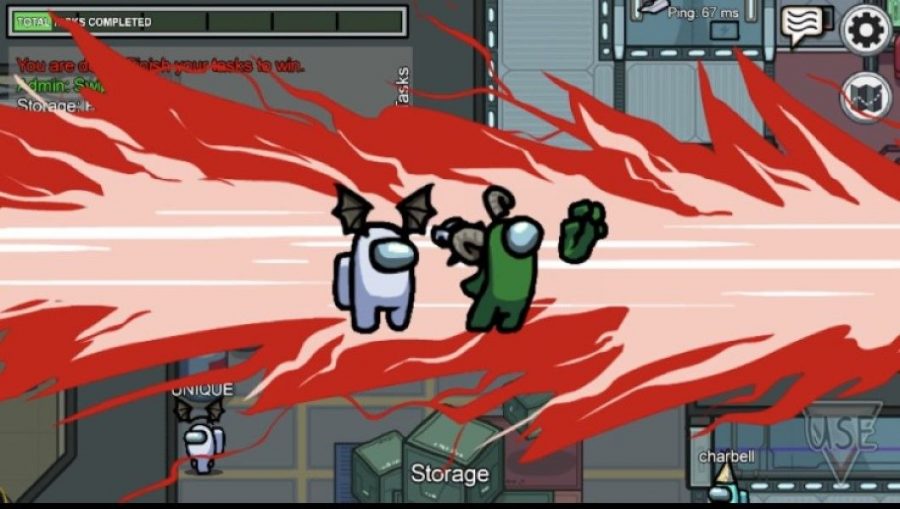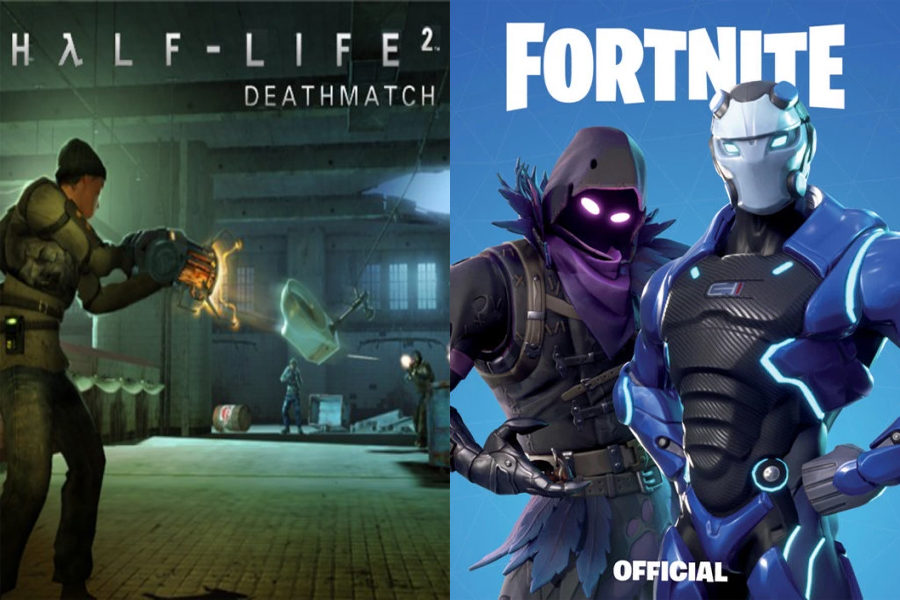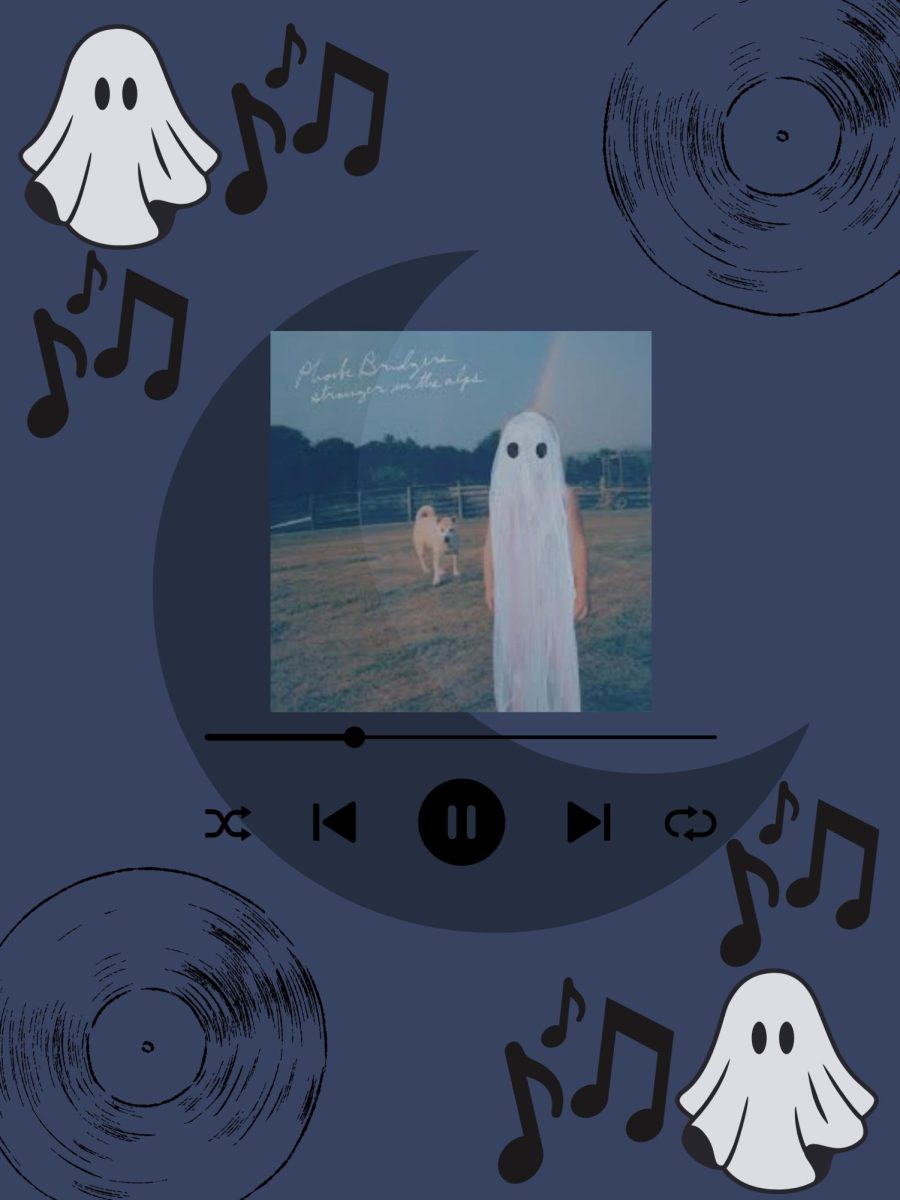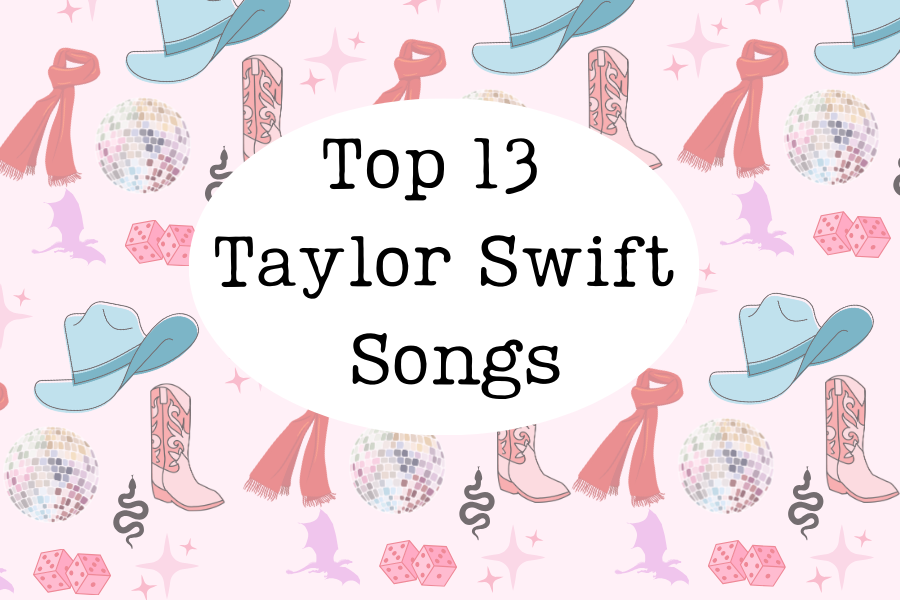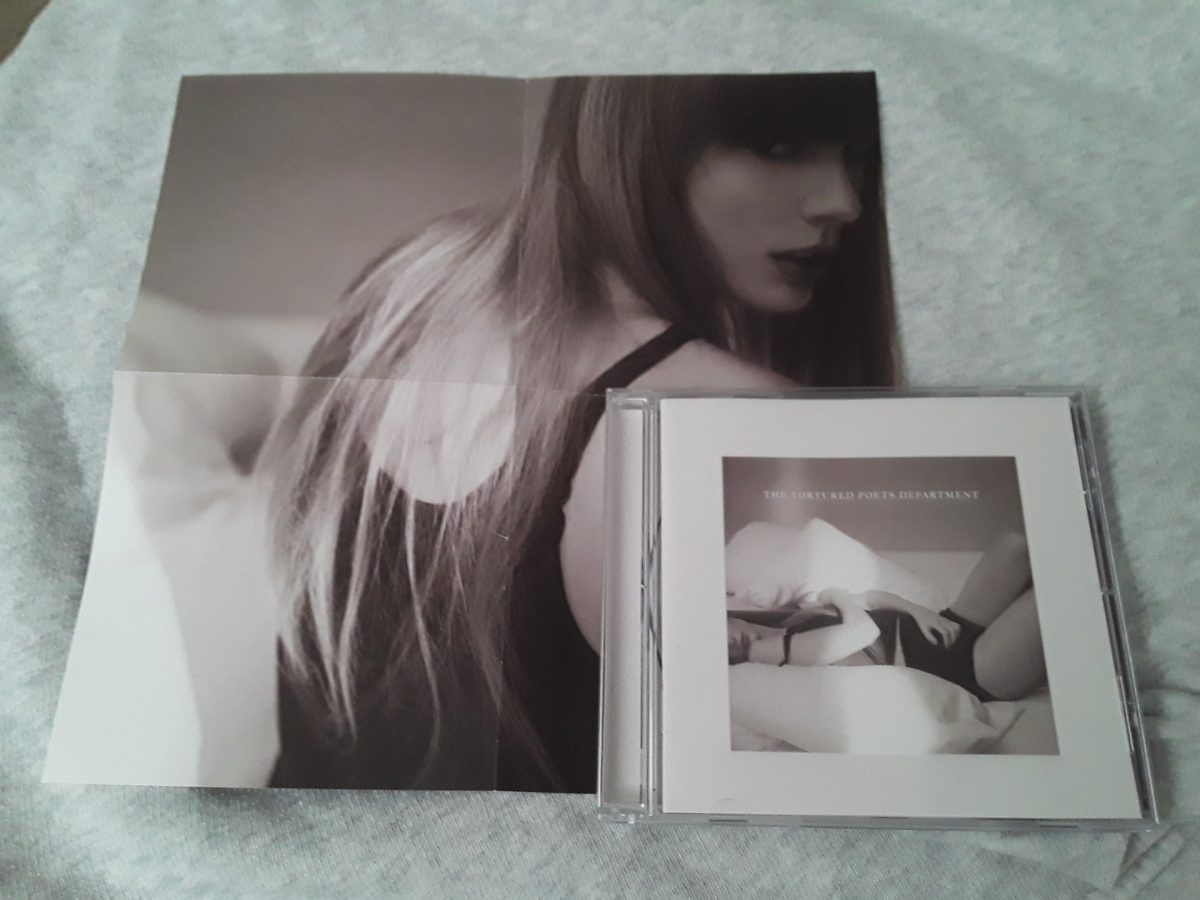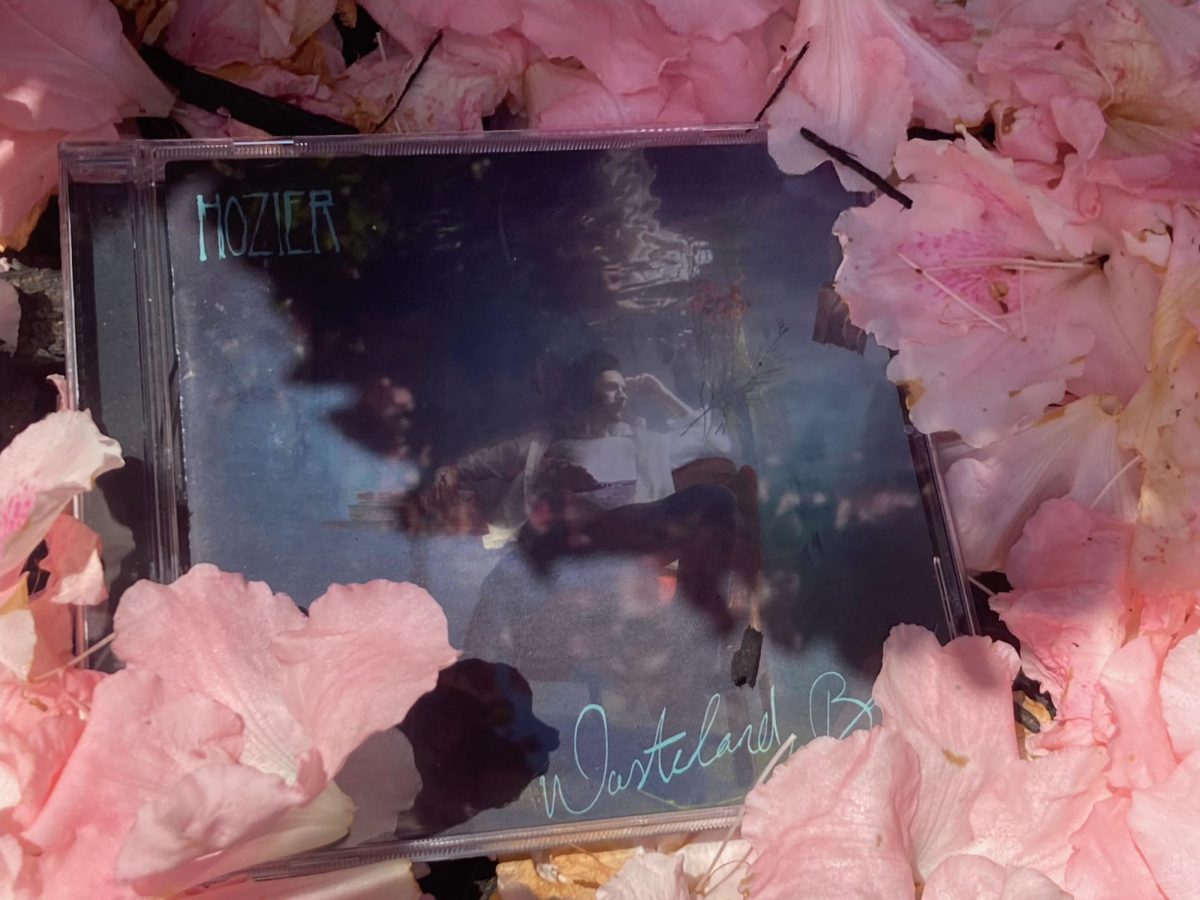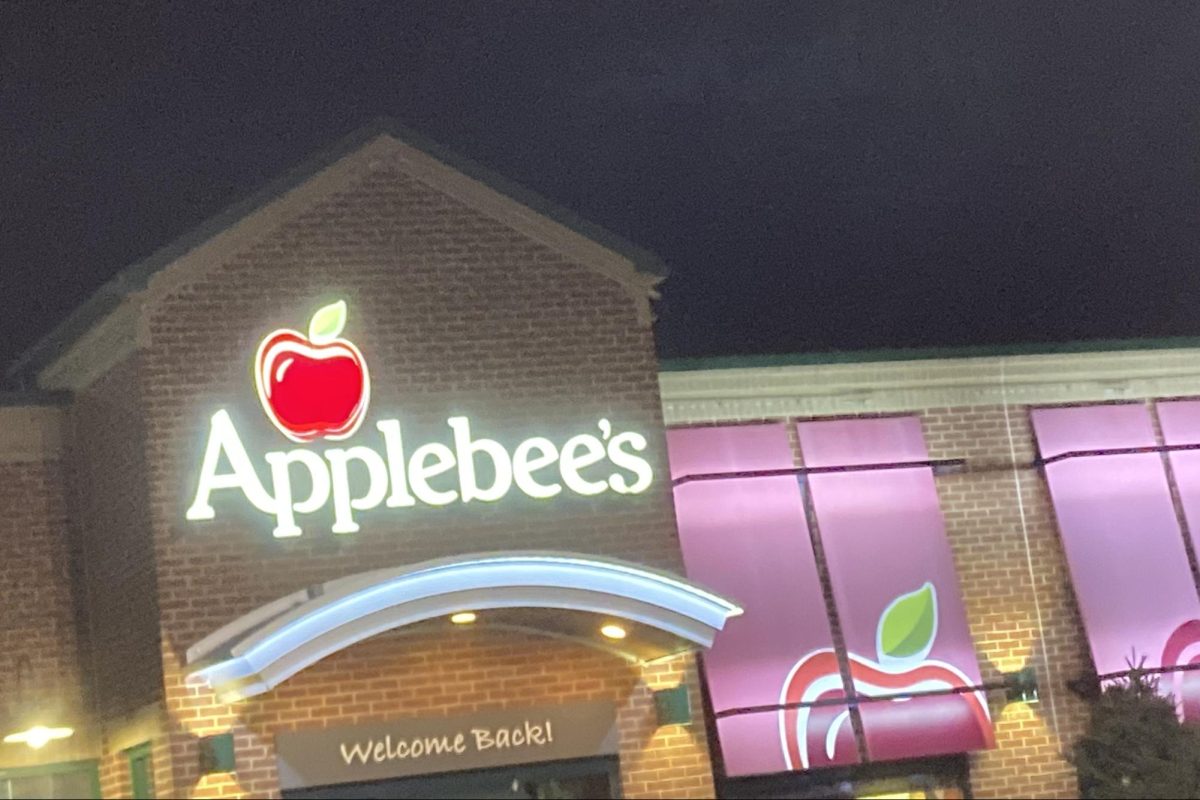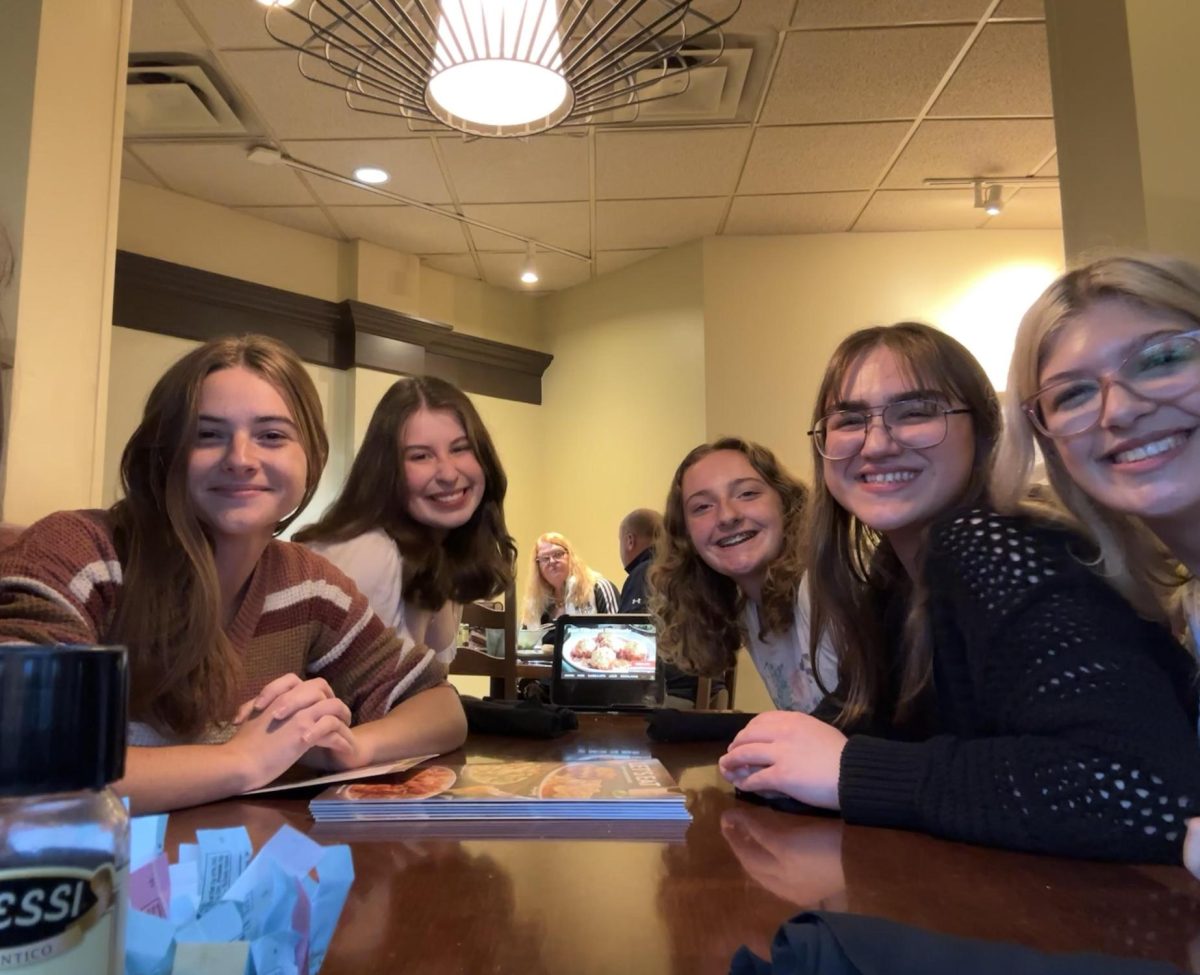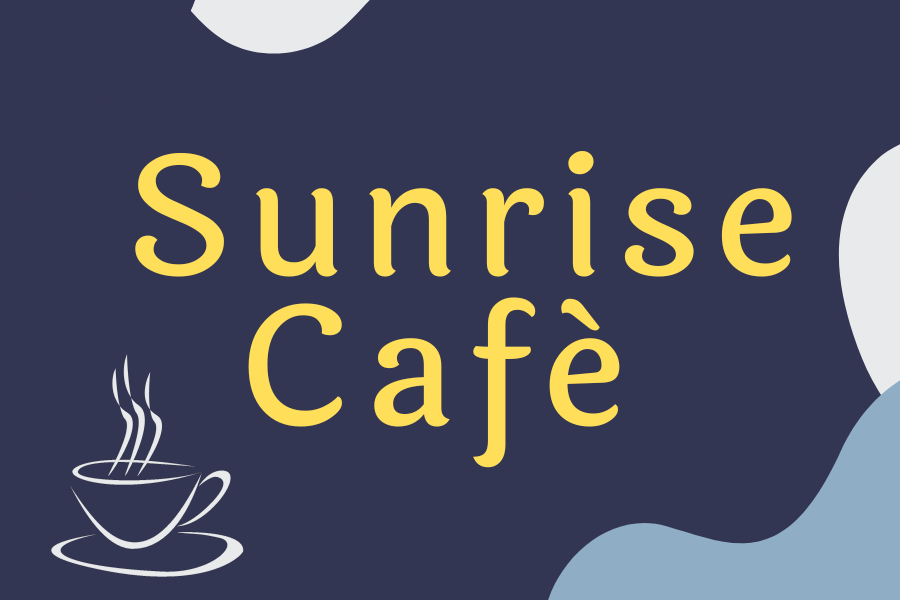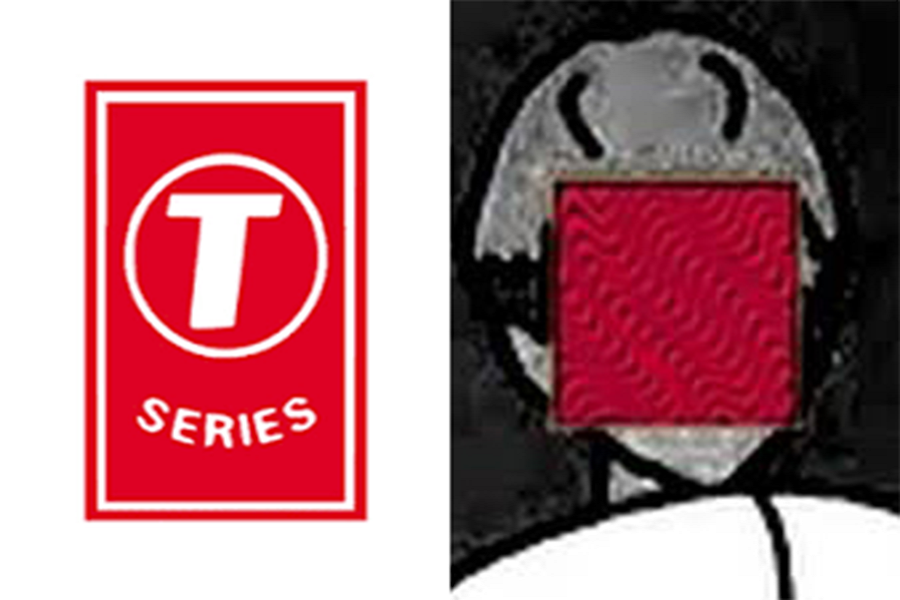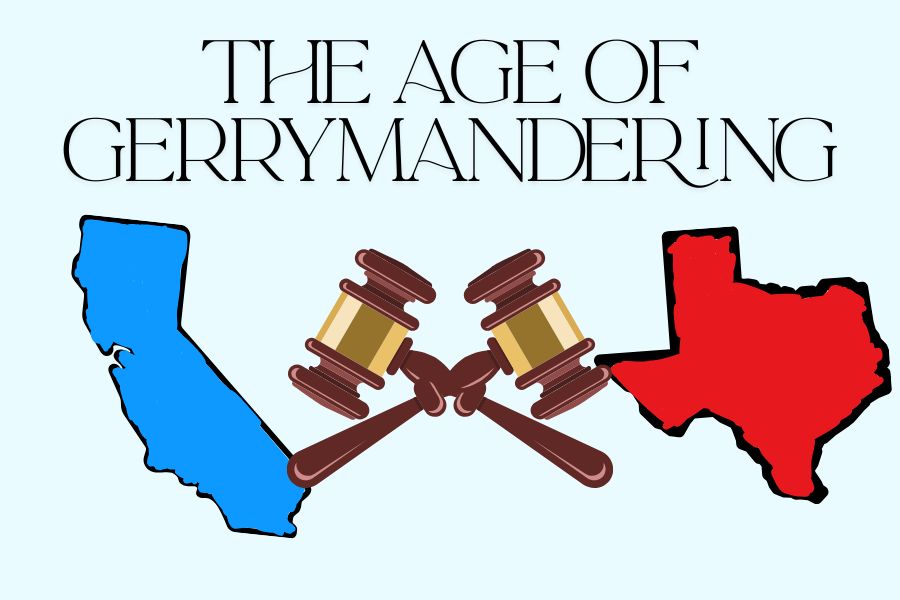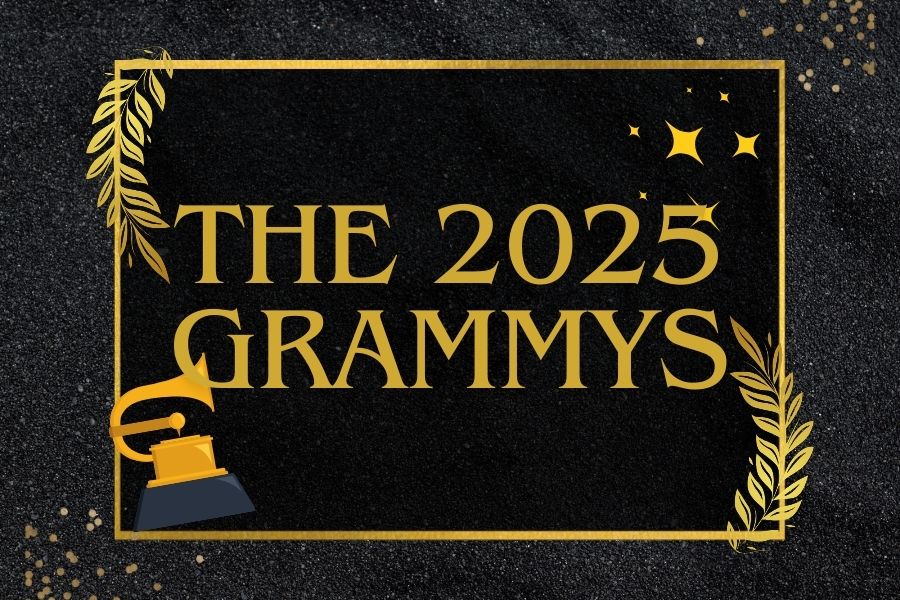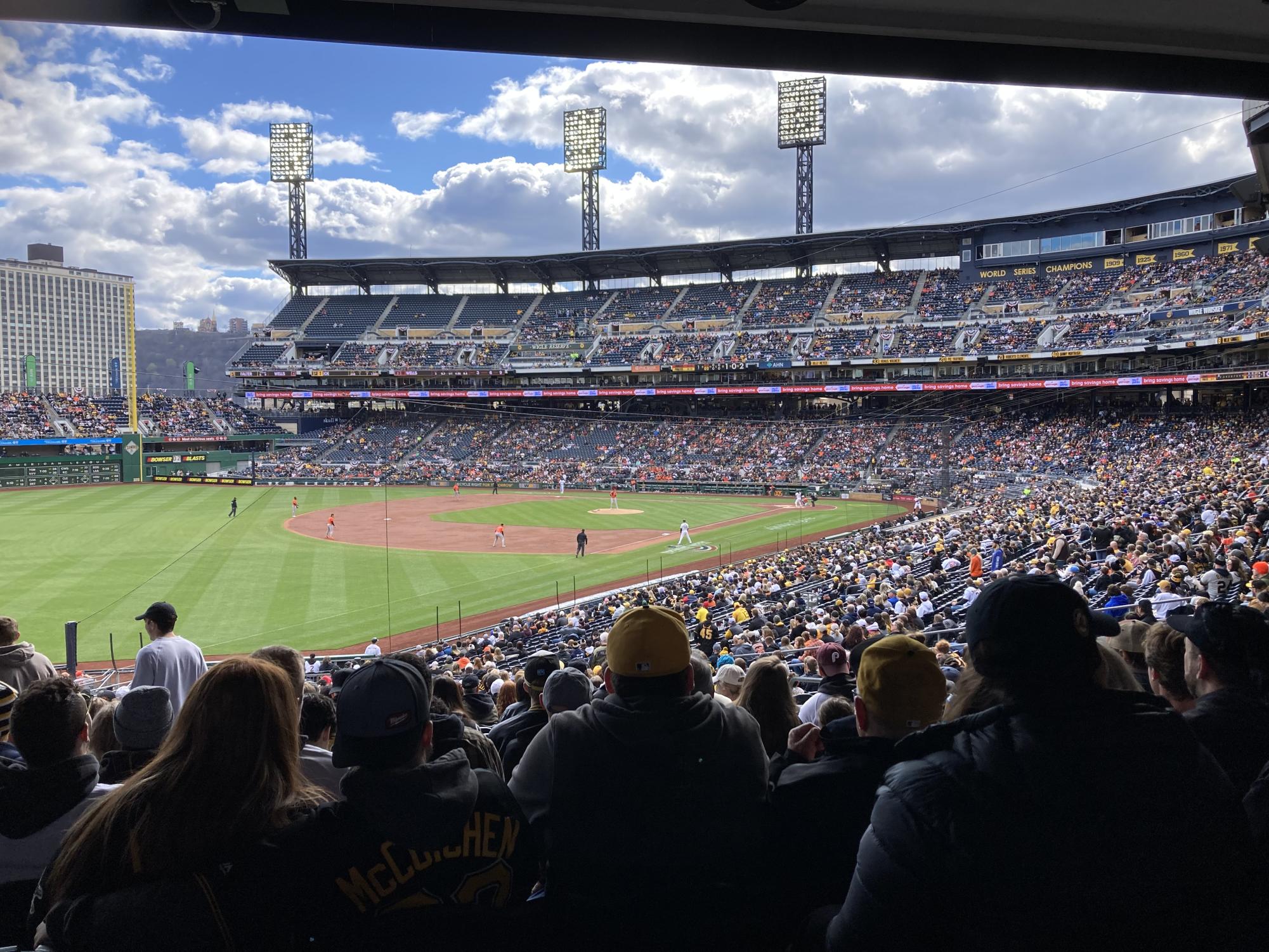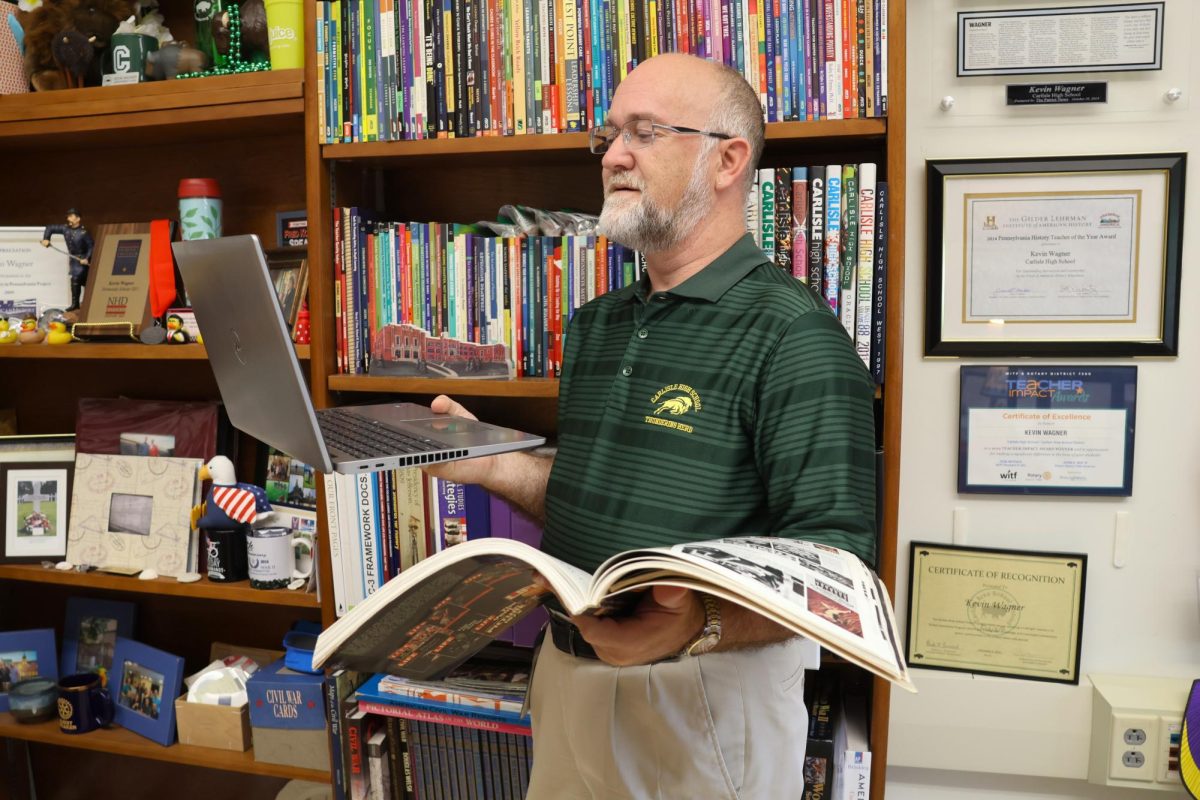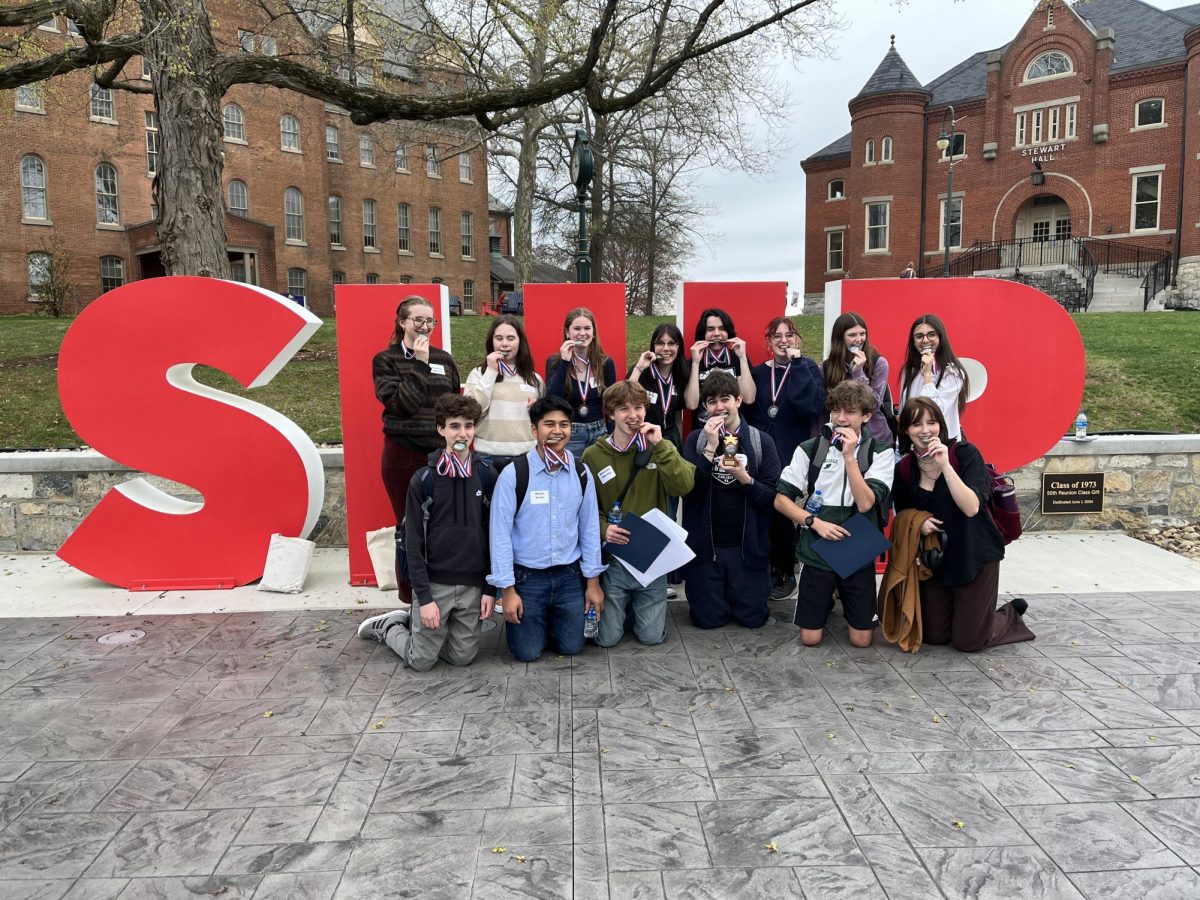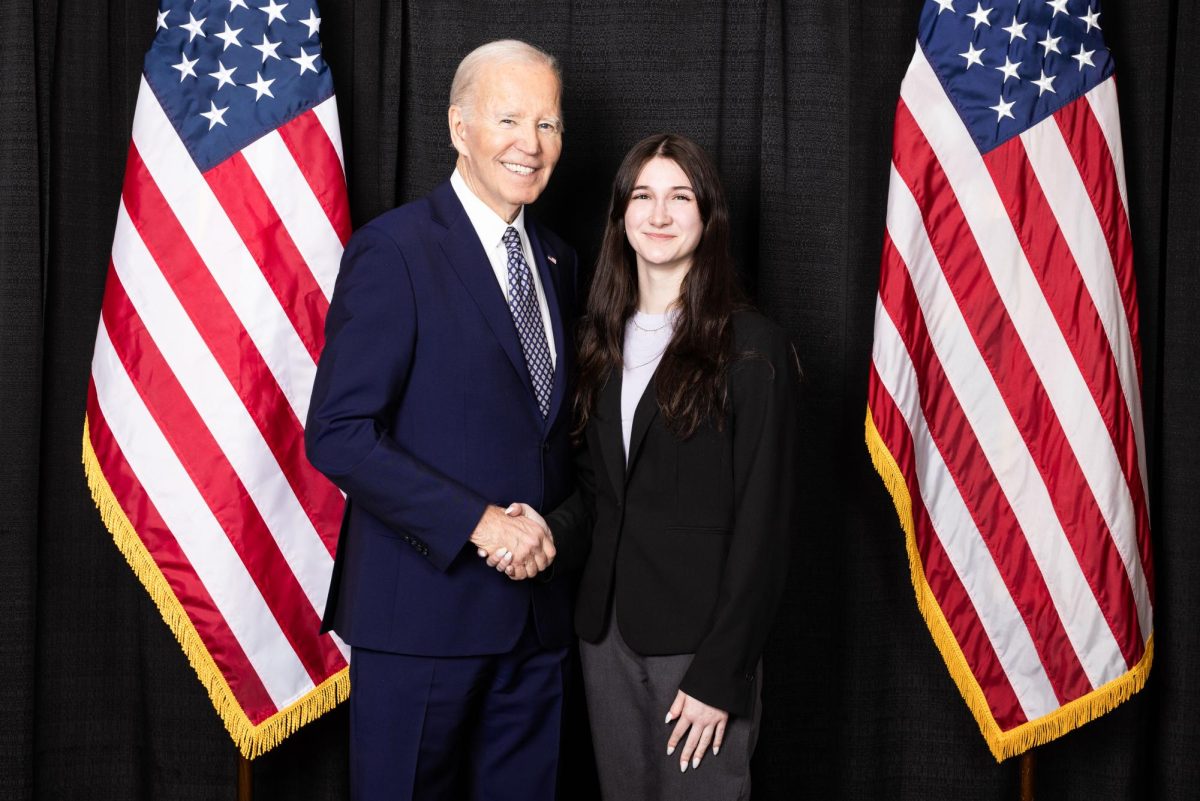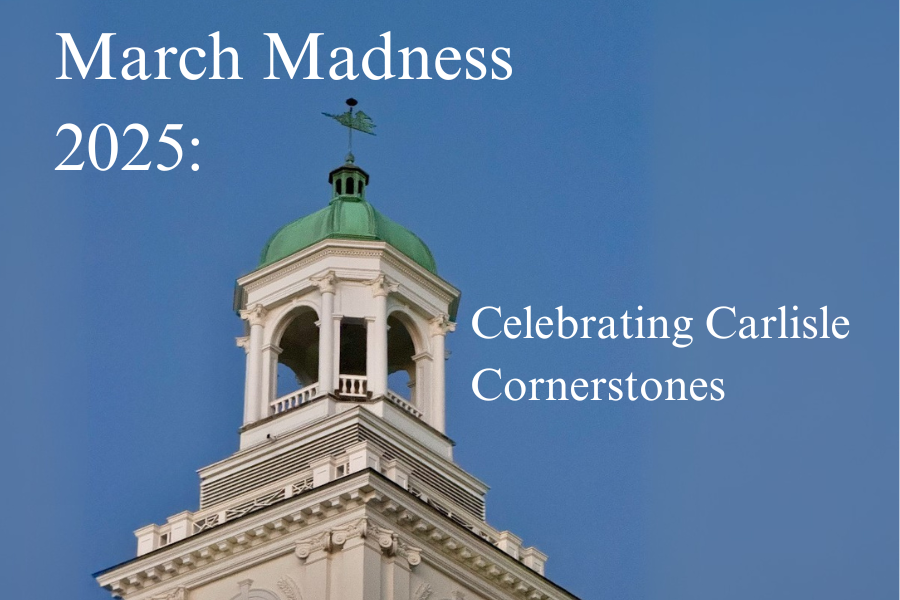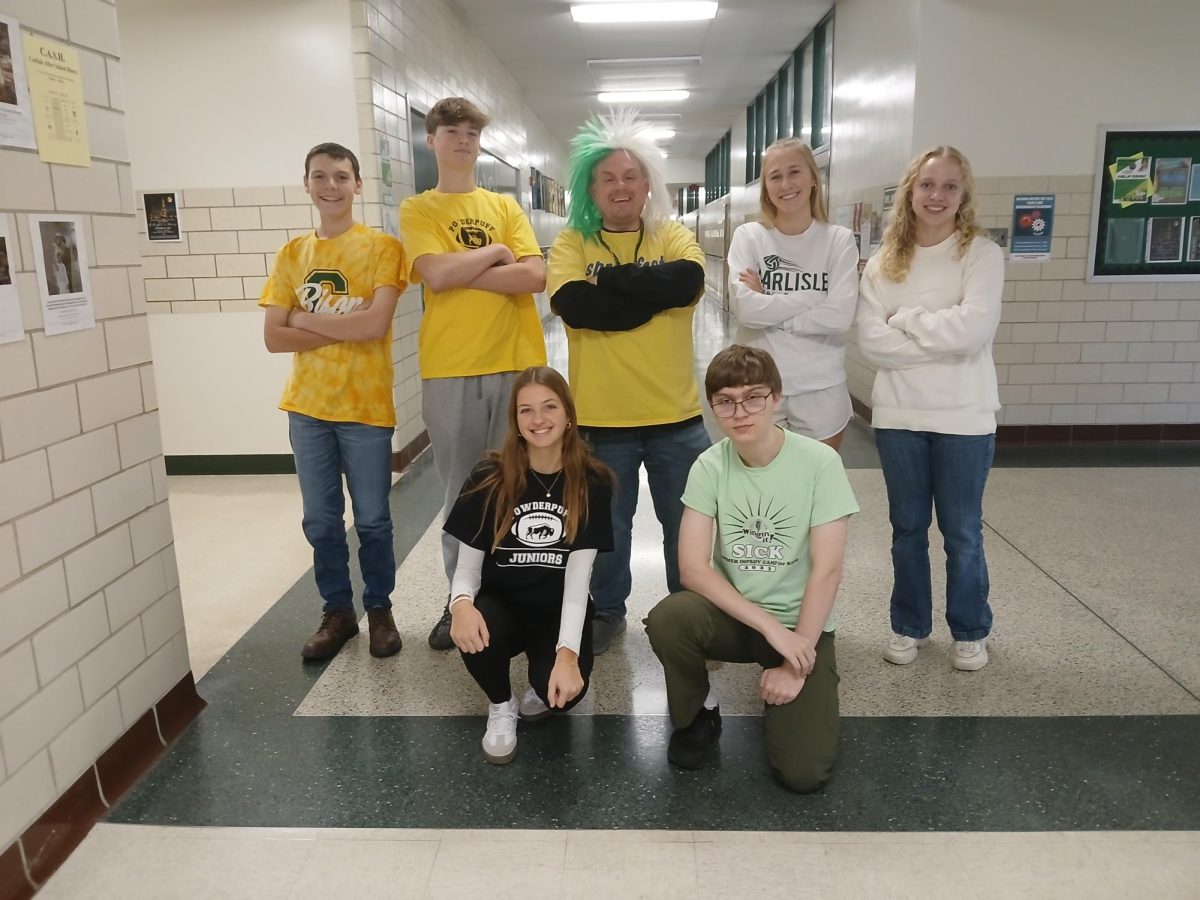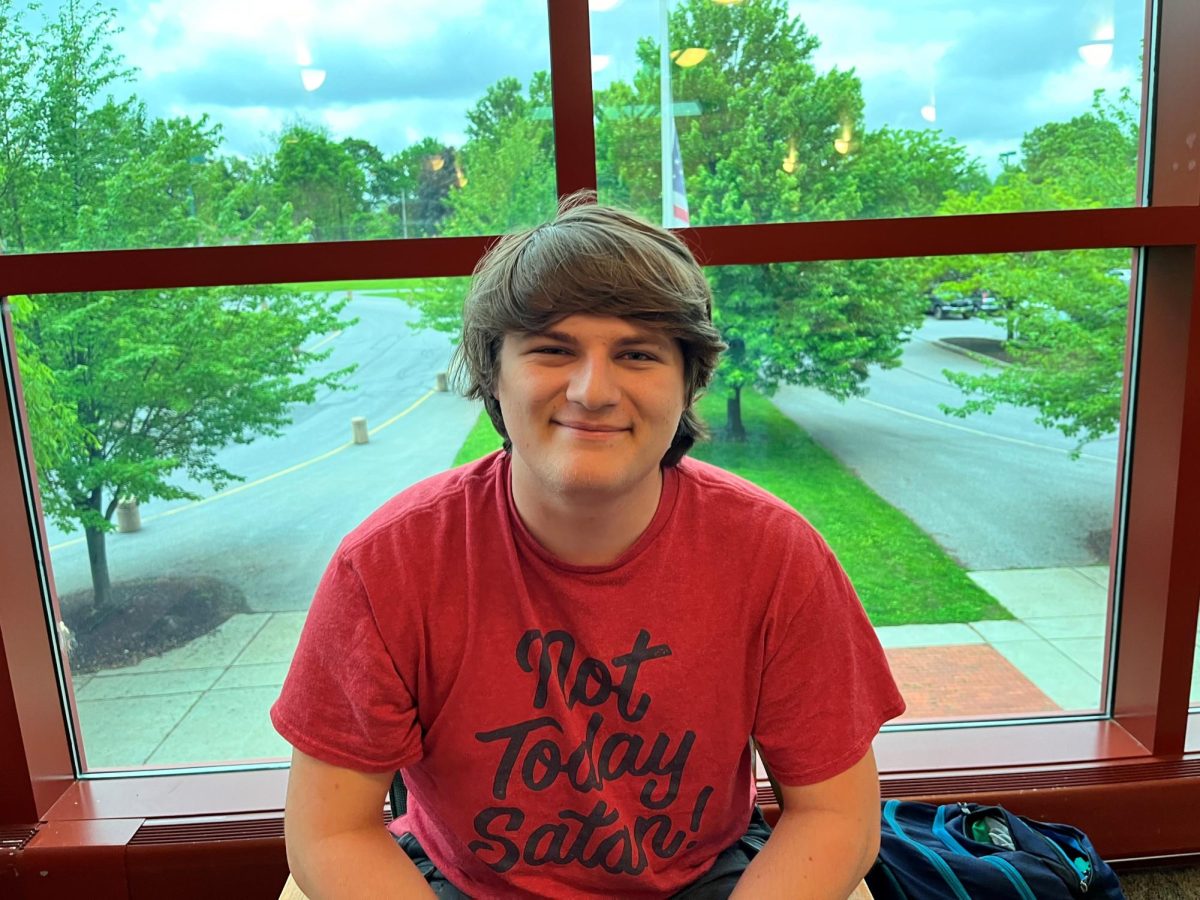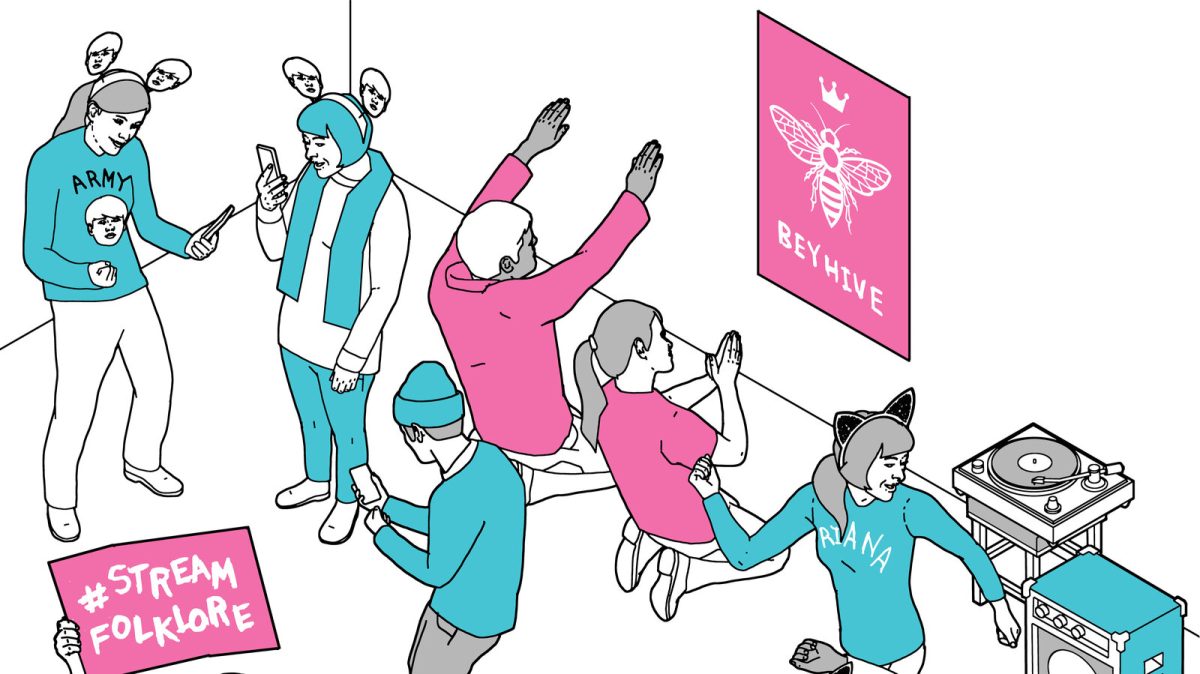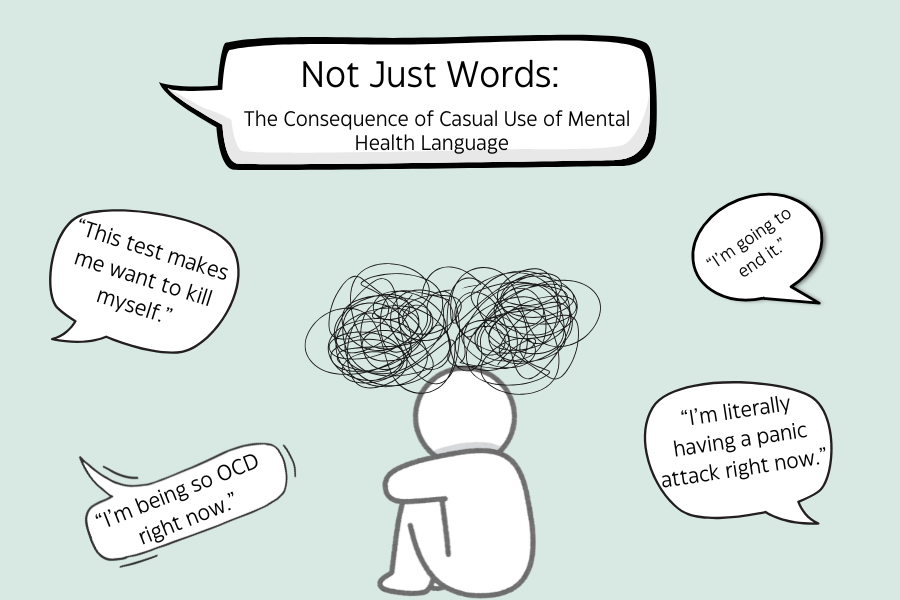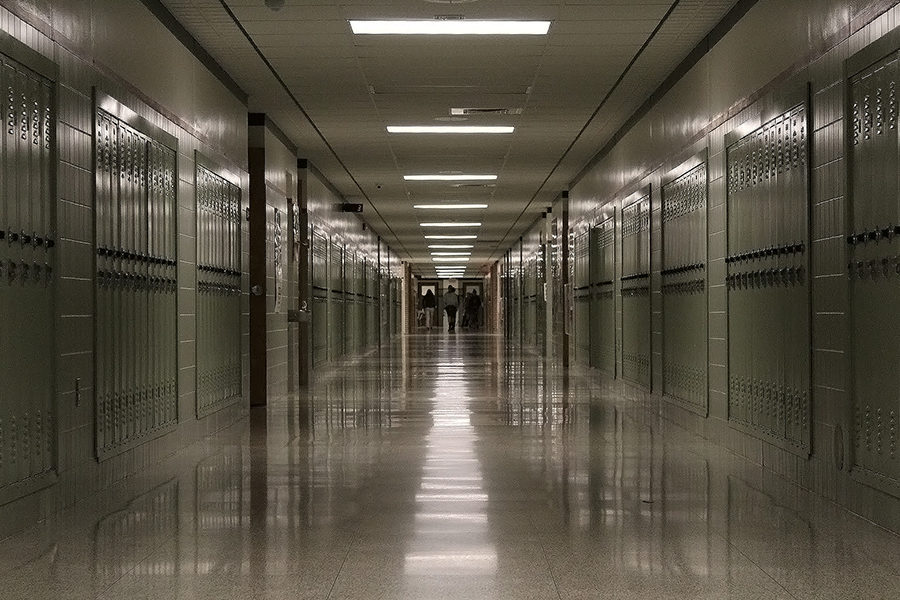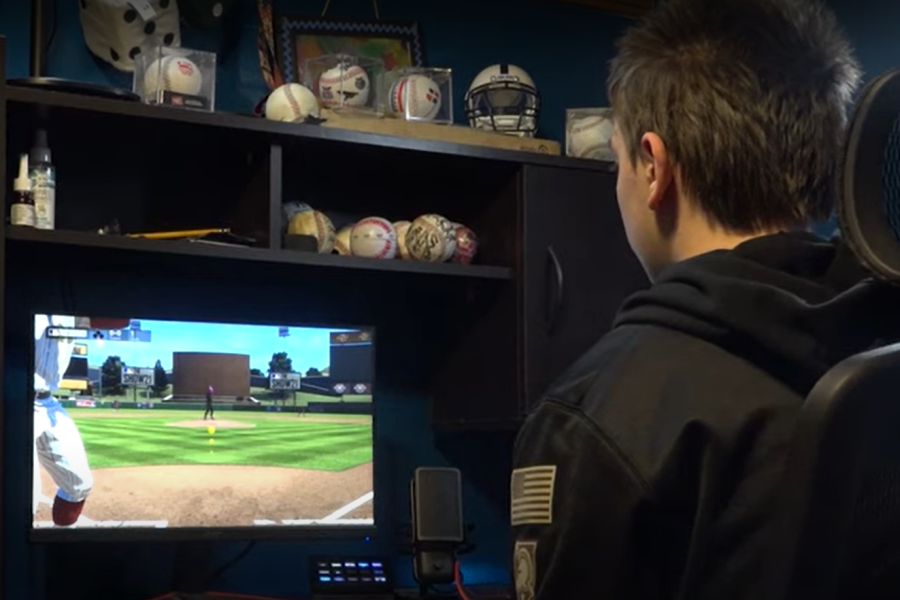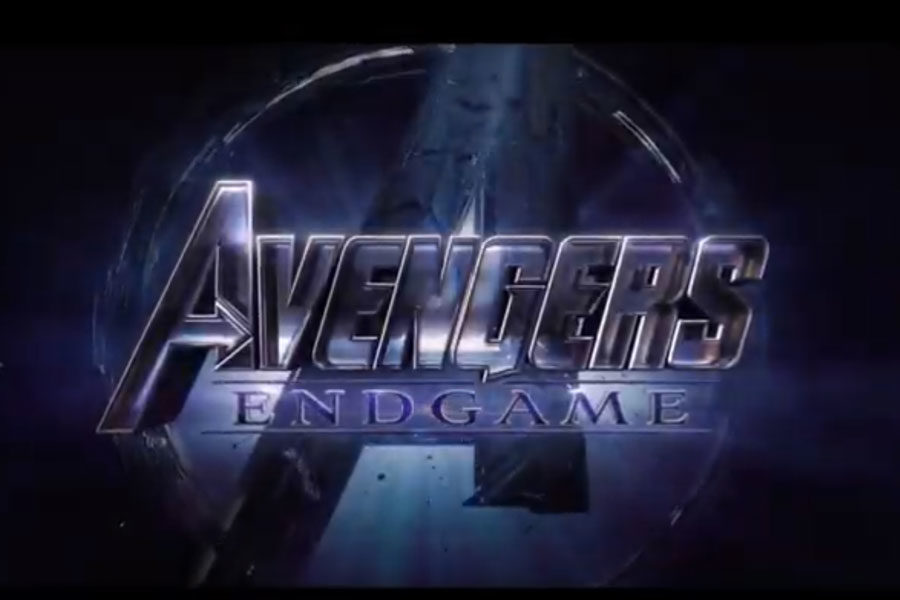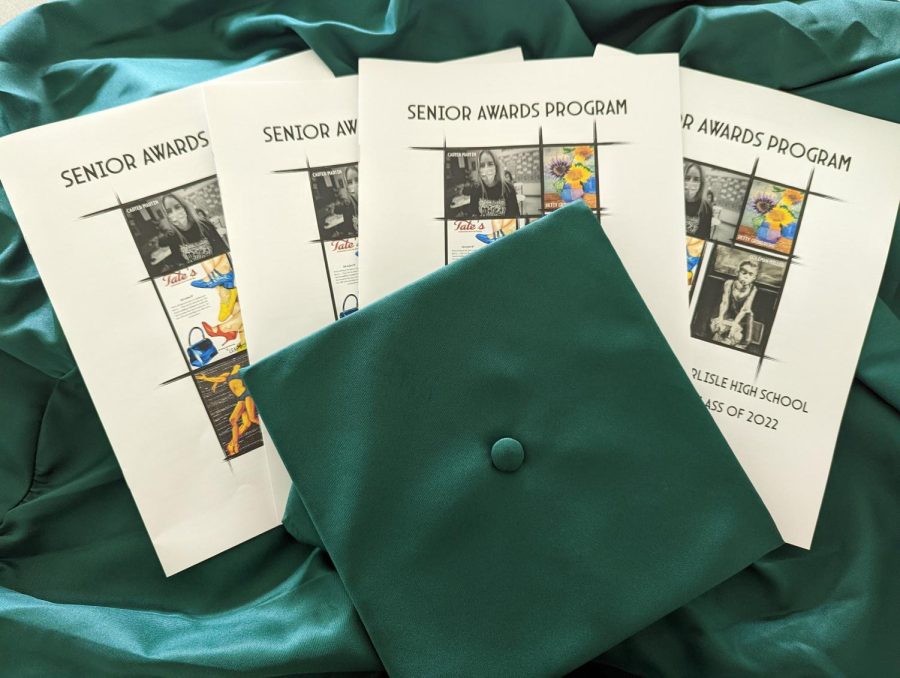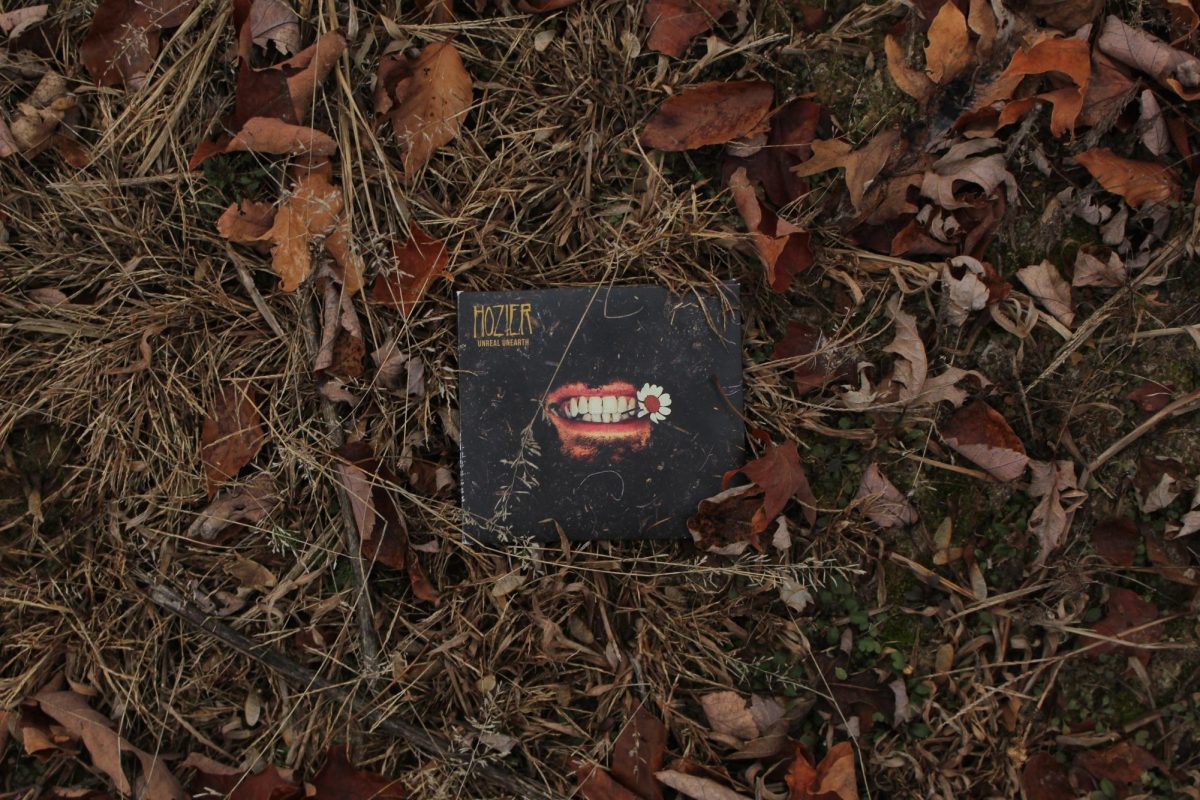On Friday, August 18th, 2023, Irish singer-songwriter Hozier released his newest album, titled Unreal Unearth. Prior to release, Hozier and his team spent months marketing the album through posts and stories on Instagram and Youtube. It racked up over 12,500 physical sales and roughly 1,600 streams in the week after its drop, which demonstrated its prolific reception within fans of the indie-rock genre. Fans all over the world rushed to purchase tickets for the accompanying tour, which was announced in tandem with Unreal Unearth’s drop date.
The Unreal Unearth Tour is the first tour Hozier has done since the COVID lockdown. He talks with Apple Music about the writing process for it being a way to process quarantine and all the trauma it elicited, which correlates to the inspiration for the album being Dante Alighieri’s Inferno. Hozier wrote sixteen songs for this album, all of which correlate to the nine circles of hell, with “De Selby Part 1” and “De Selby Part 2” representing the descent into hell in the first Canto and “First Light”, the final song, representing ascension in the last. A diagram of the songs and their correlations is given on the back of the physical copy of the Unreal Unearth CDs and is available online.
As mentioned, “De Selby Part 1” and “De Selby Part 2” correlate to the narrator’s descent to the gates of Hell in Dante’s Inferno. They are named for the character De Selby from The Third Policeman by Flann O’Brien. Hozier takes inspiration from the theme of book character De Selby “[…] trying to make sense of this very strange and weird, almost wonderful […] kind of terrifying experience.” “(‘De Selby (Behind The Song)).” It summarizes the conflicting feelings of many people during quarantine. Aptly, the two parts are very different in tone, but themes of dedication and dreamlike exploration of self tie them together.
“De Selby Part 1” is in minor key, with a calmer tempo. Within this song is the first of a few times throughout the album that the beautiful language of Irish Gaeilge is incorporated, where it is used in a powerful refrain at the end of “De Selby Part 1”. The creator used this song to “reflect upon darkness […] and the falling of night,” finding it to be “something that’s very freeing”. It explores the concept of Biblical creation, which continues into part 2. When experienced in person alongside dazzling lights and the hush of a murmuring crowd, the anticipation and symbolism sewn throughout the chilling “De Selby Part 1” raises goosebumps.
In contrast, “De Selby Part 2” is upbeat and loud, with a disco funk genre and a drum set bumping out a grooving tempo. The lyrics express a sense of grand dedication that is, as frequent listeners know, not uncommon in Hozier’s work. Part 2 explores the idea of the inexistence of a beginning or end to the world and a deep affection for the darkness in a lover, themes which both permeated the Irish Gaeilge poem at the end of Part 1.
After the beautiful composition of “De Selby Part 1” and Part 2, ‘“Francesca” expands upon themes of devotion. It’s inspired by the Second ring of Inferno, the Circle of Lust, where sinners are thrown around in windstorms as punishment for being swept away in passion throughout their lives. This song also has strong roots in classic literature, drawing from the story of Francesca and Paolo from Dante’s Inferno, which in turn was drawn from real events involving nobles of the same names. Francesca was married to Paolo’s older brother, Gianciotto, at a young age, but fell in love with Paolo. The two engaged in a passionate love affair that enraged Gianciotto to the point of murdering them both. These are prominent, ancient figures of romantic tragedy predating even Romeo and Juliet. Their love and devotion are captured reverently in the lyrics of “Francesca”. The melodies as well as the carefully arranged instrumental give a vivid sensation of an other-worldly love, the writer giving Francesca a voice of determination and spiteful joy.
“Eat Your Young” is the sixth song on the track list, set in the third ring of Dante’s Inferno. This circle represents the cardinal sin of Gluttony, the indulgence in gross excess. Released in an EP with two other songs on February 24, 2023, “Eat Your Young” was one of the first songs from Unreal Unearth that audiences had access to. It has reached a whopping 470k streams in the months since its release, according to Genius, putting it securely on par with the artist’s most popular songs, and for good reason.
“Eat Your Young” shows heavy connotation with Irishman Jonathan Swift’s “A Modest Proposal”, a 1729 satirical essay about the oppression Irish people faced at the hands of the British, in which Swift suggests the murder and consumption of children as a solution to the famine inflicted upon the Irish. This song plays flagrantly with undertone and subtext in a similar way, coming off as satire itself in many ways. It uses vibrant, sickening images of murder and disenfranchisement in the lyrics, veiled thinly under a kick drum beat and a smooth baseline. The most impactful aspect of “Eat Your Young” is certainly the powerful commentary on voices in power making decisions with long term and often harmful effects on young people.
In a heartbreaking, minimalist mastery of emotional instrumental and lyric delivery, “Unknown/Nth” is the second to last song on Unreal Unearth. It’s inspired by the ninth circle of the inferno, where betrayal and treason are punished. Every traitor is encased in ice, refrozen and battered constantly by a bitter wind. In Dante’s Inferno, Satan is described to be gargantuan in height, possessing wings, a tail, and three heads, each of which are chewing on a famous traitor despised by God in Dante’s eyes. “Unknown/Nth” is a breakup song, at its core, and every second of audio makes this fact exceedingly clear. The deliberately open soundscape contributes both to the characterization of the freezing cold of the ninth circle and the empty, ringing pain of heartbreak. References to the setting are littered throughout the song, and every line is used powerfully to express the artist’s intent as well as the inspiration for it.
There are many more songs with heavy emotional impacts and soulful writing that are more than worth a listen throughout Unreal Unearth. A favorite can be found for any interested listener, because while the album remains primarily in the artist’s usual genre of indie folk and rock, there are many different types of sound incorporated. As mentioned prior, “Francesca” delves into a rhythmic rock-funk cross. A fully instrumental feature titled “Son of Nyx” melds snippets of every song in the album seamlessly as a sort of intermissive showcasing. A favorite among fans, “Abstract (Psychopomp)” plays with a complex and striking metaphor for love that draws from a childhood memory of watching a kind stranger care for a dying animal on the side of a busy road. The artist shows great care for each aspect of his work, and it shows in the distinct variations in each piece that lack any dip in quality.


